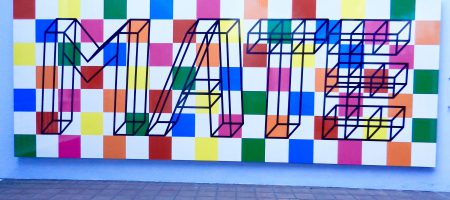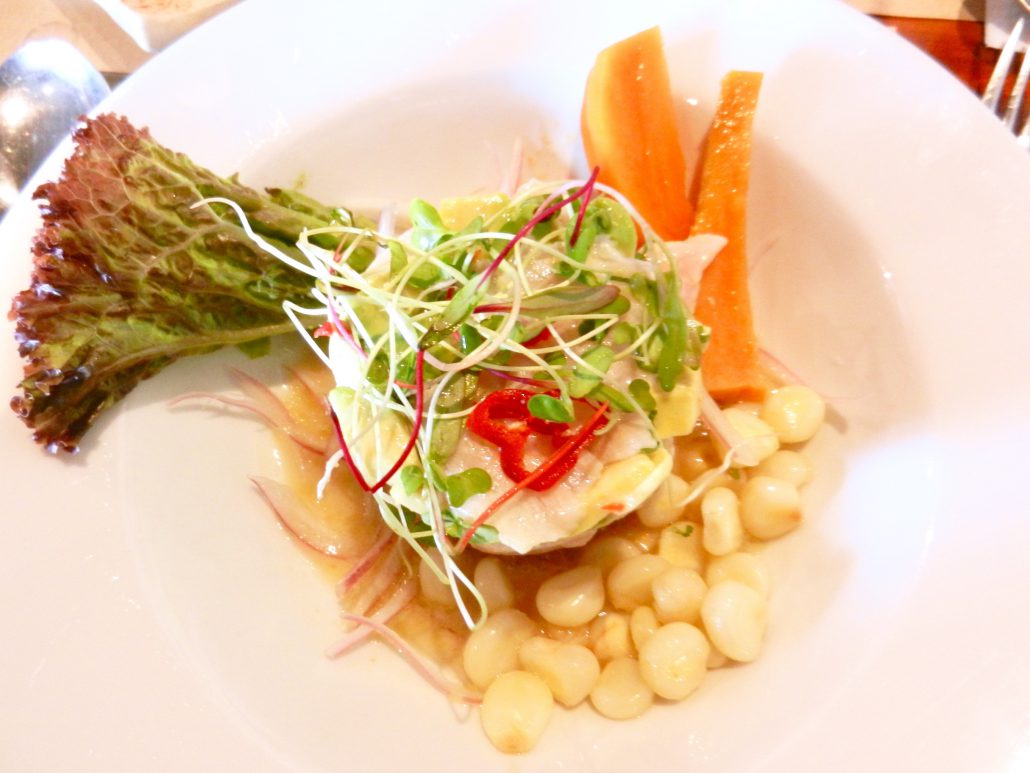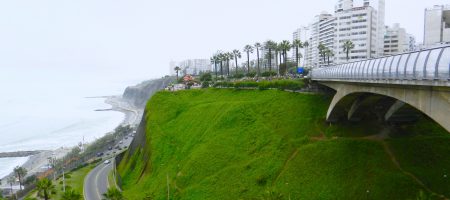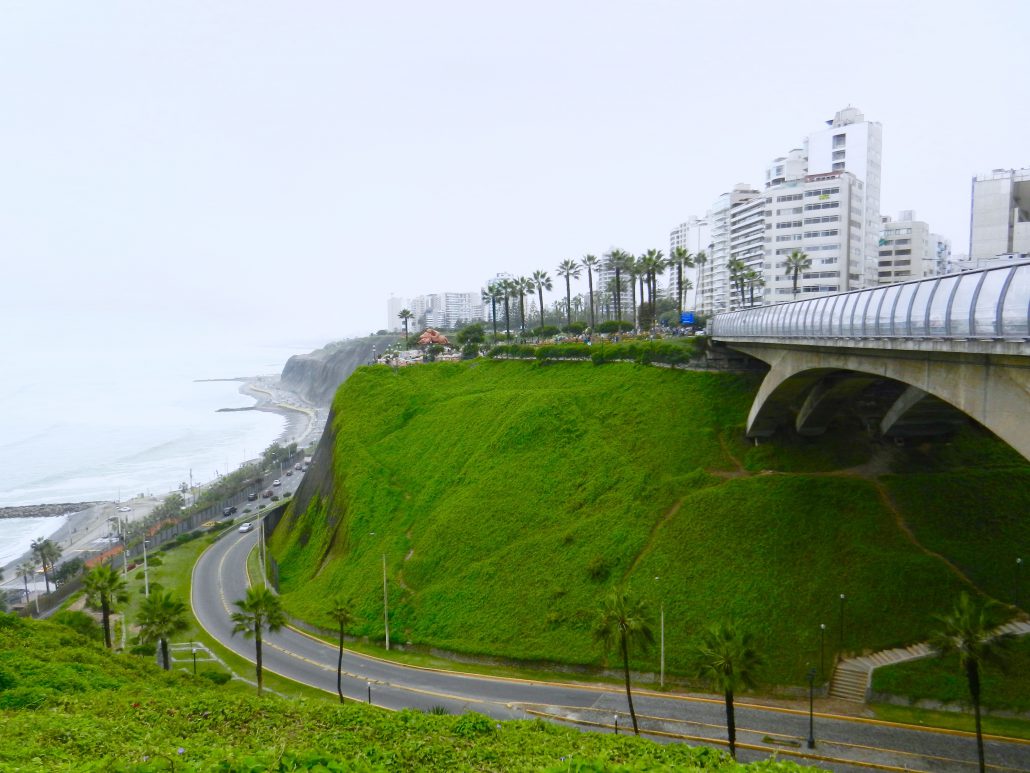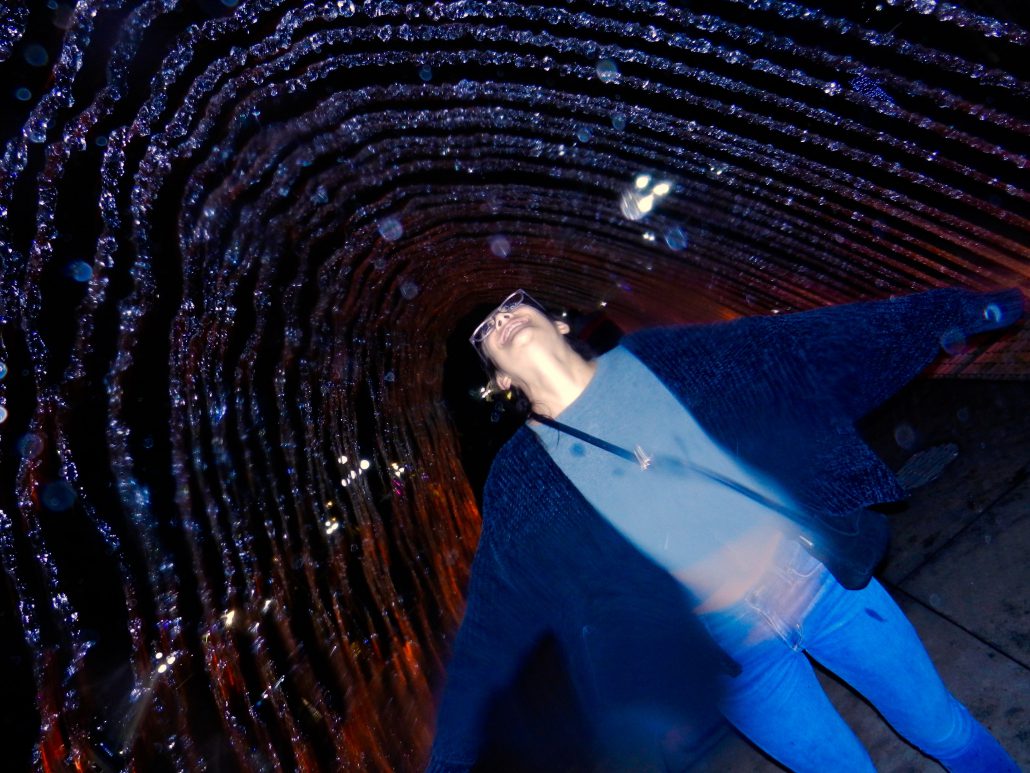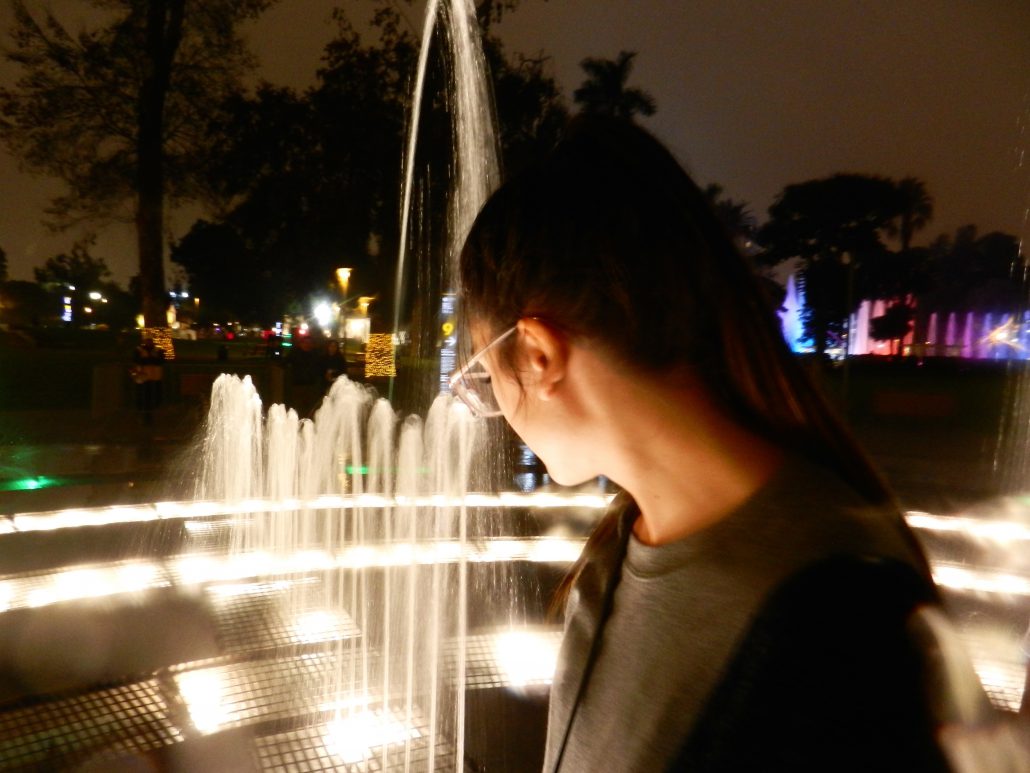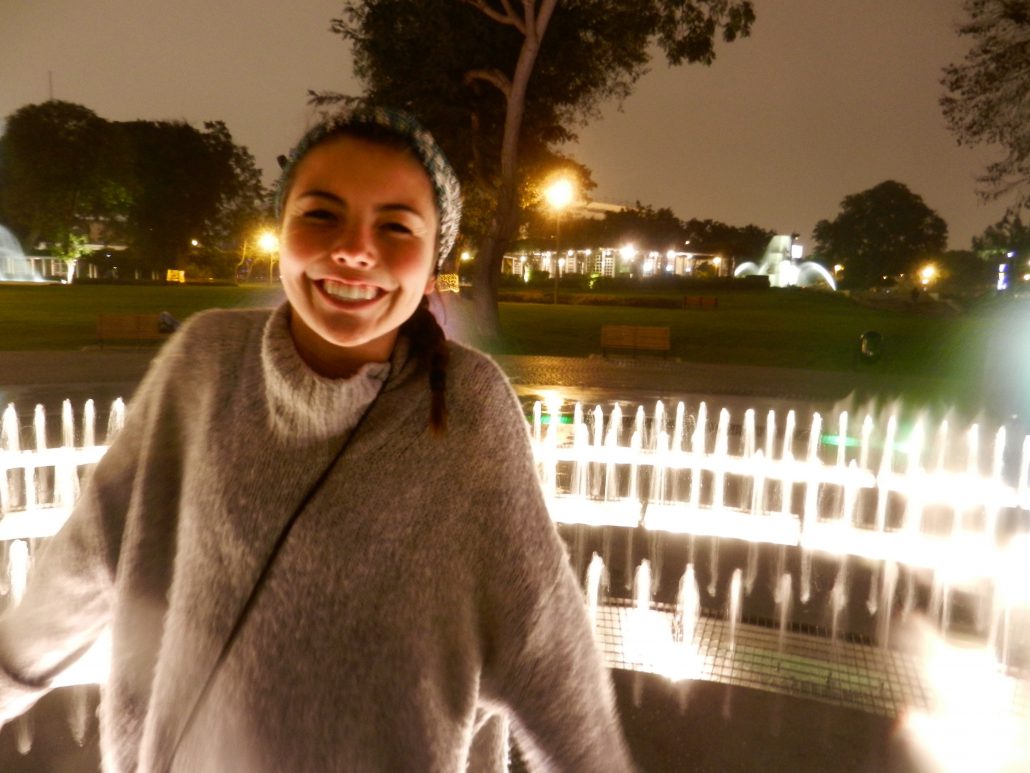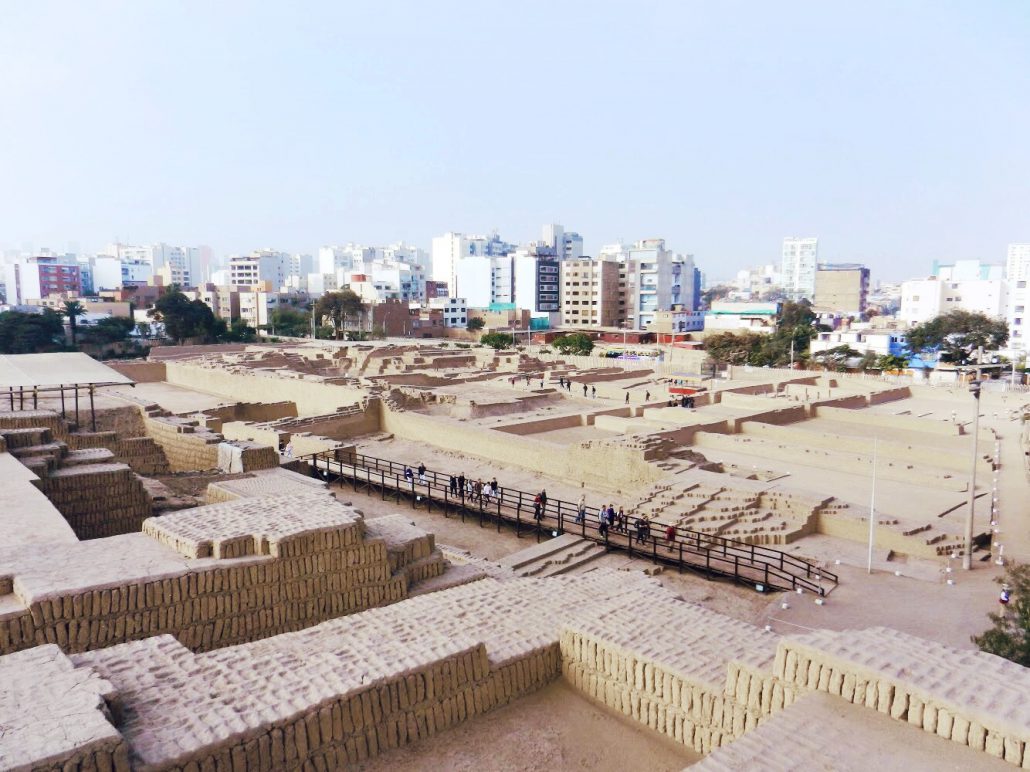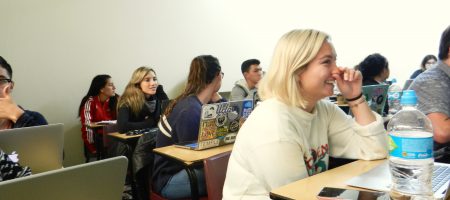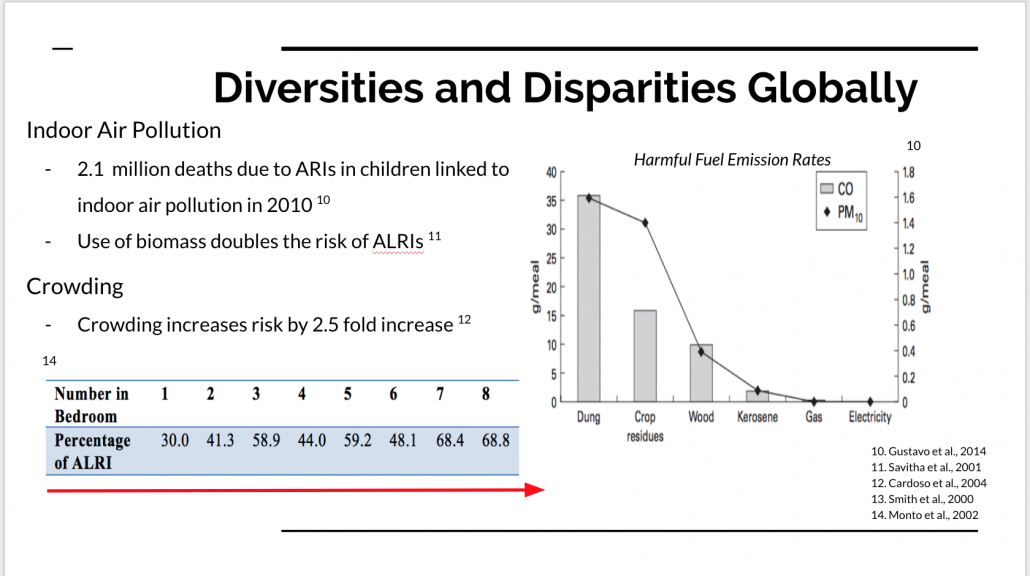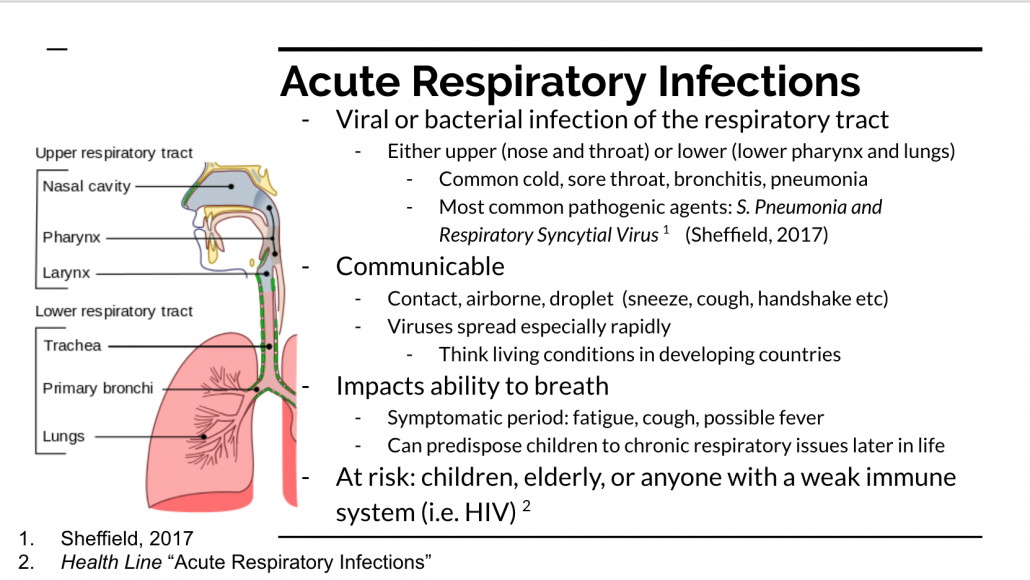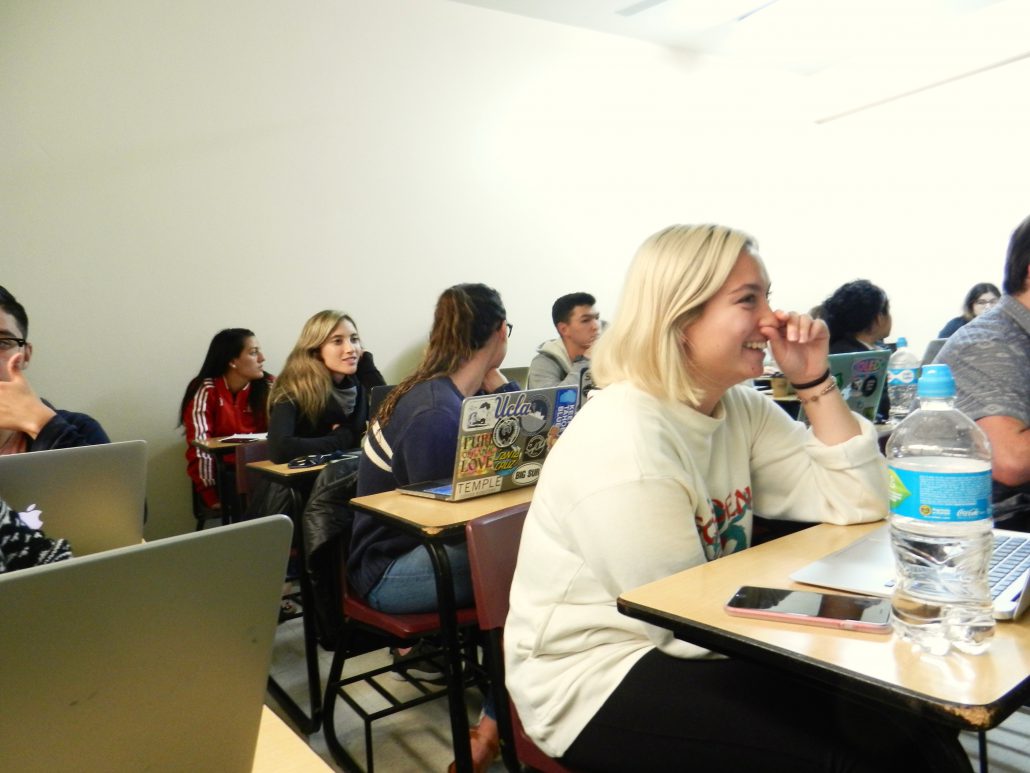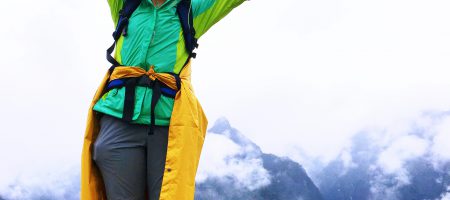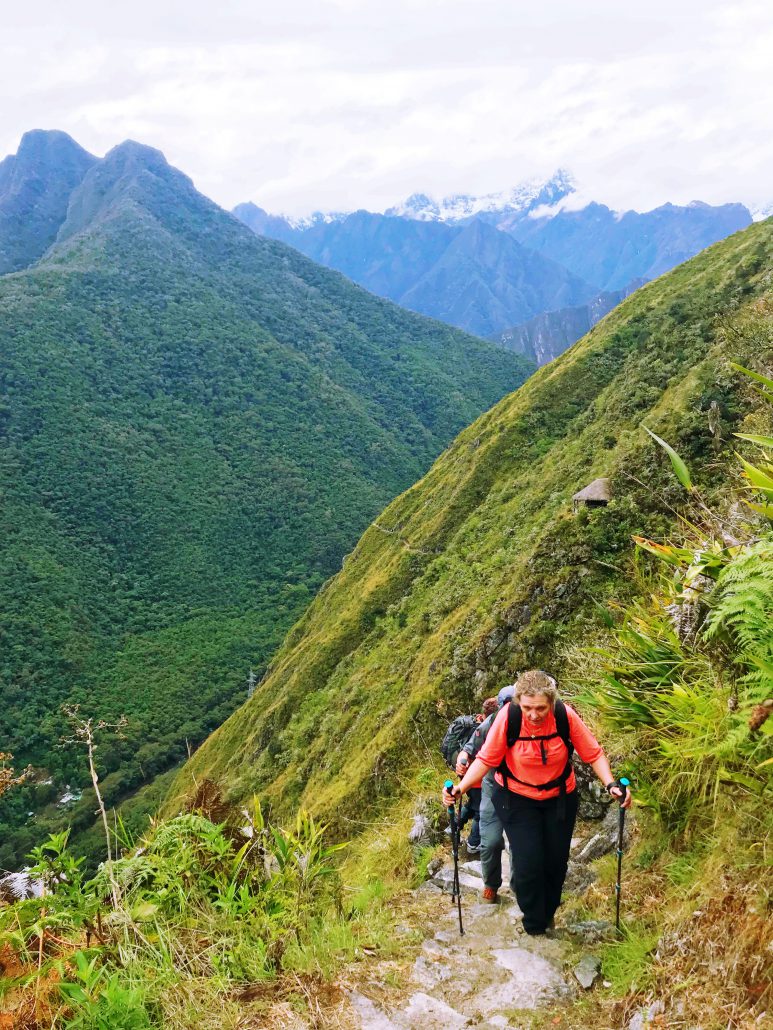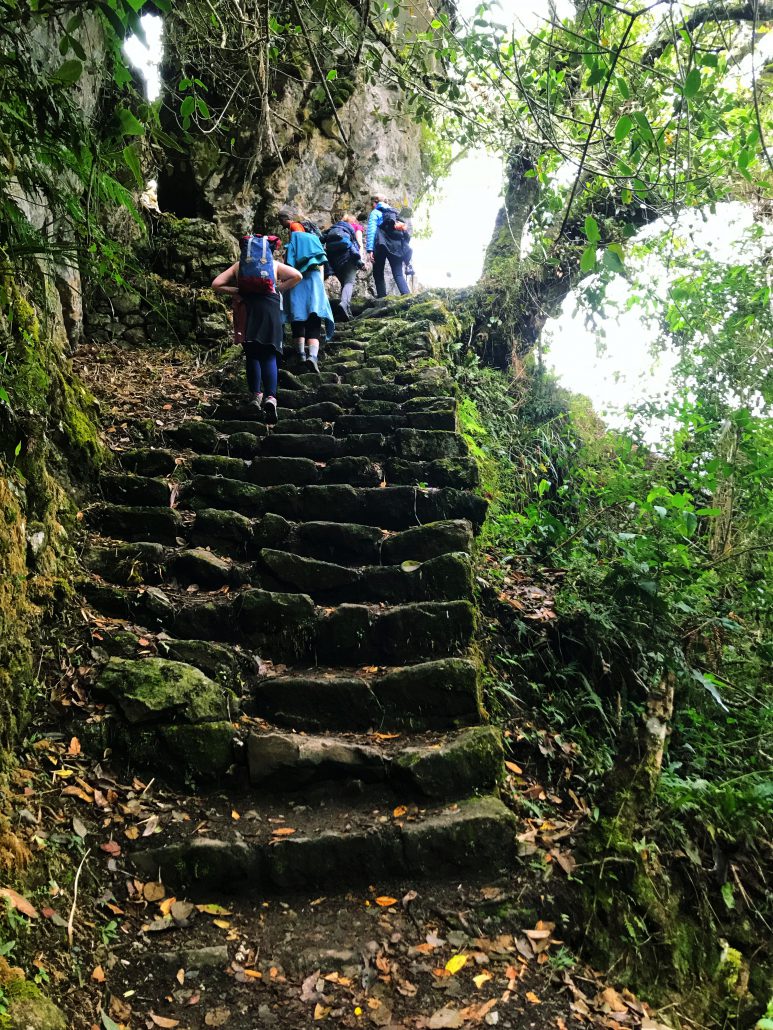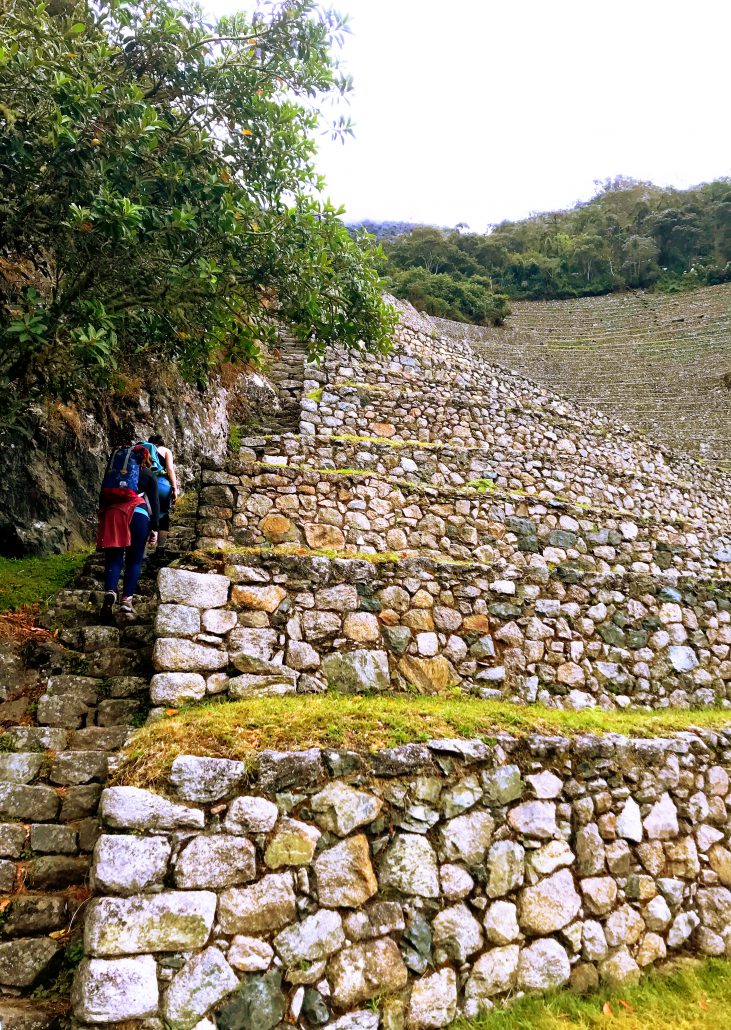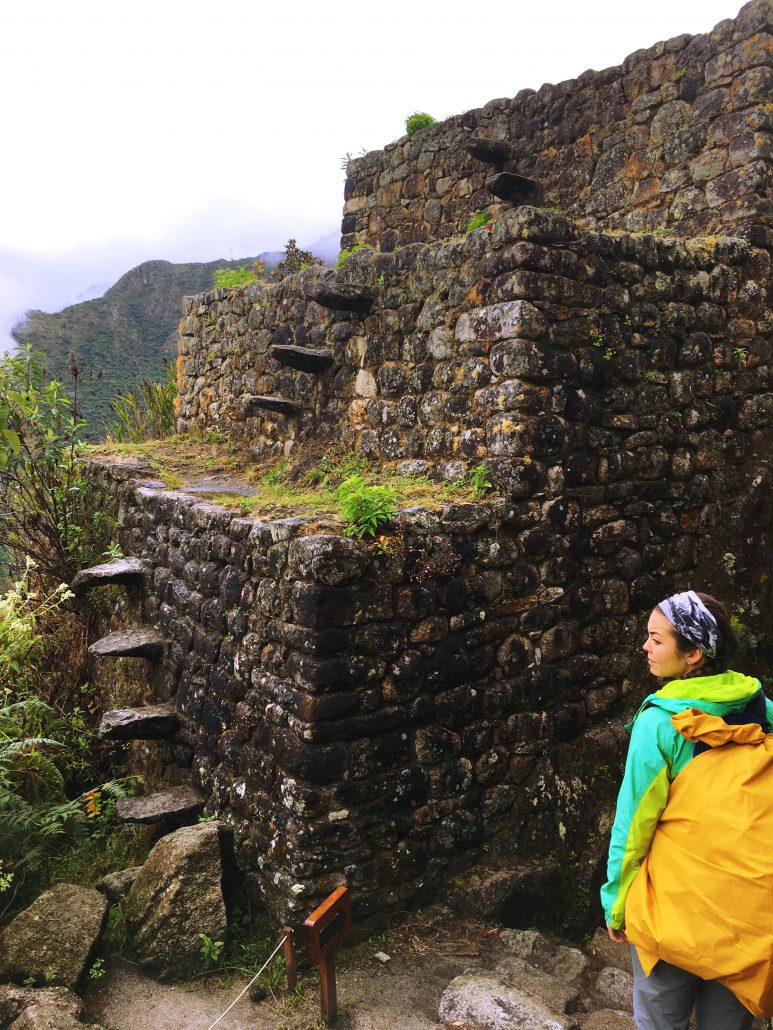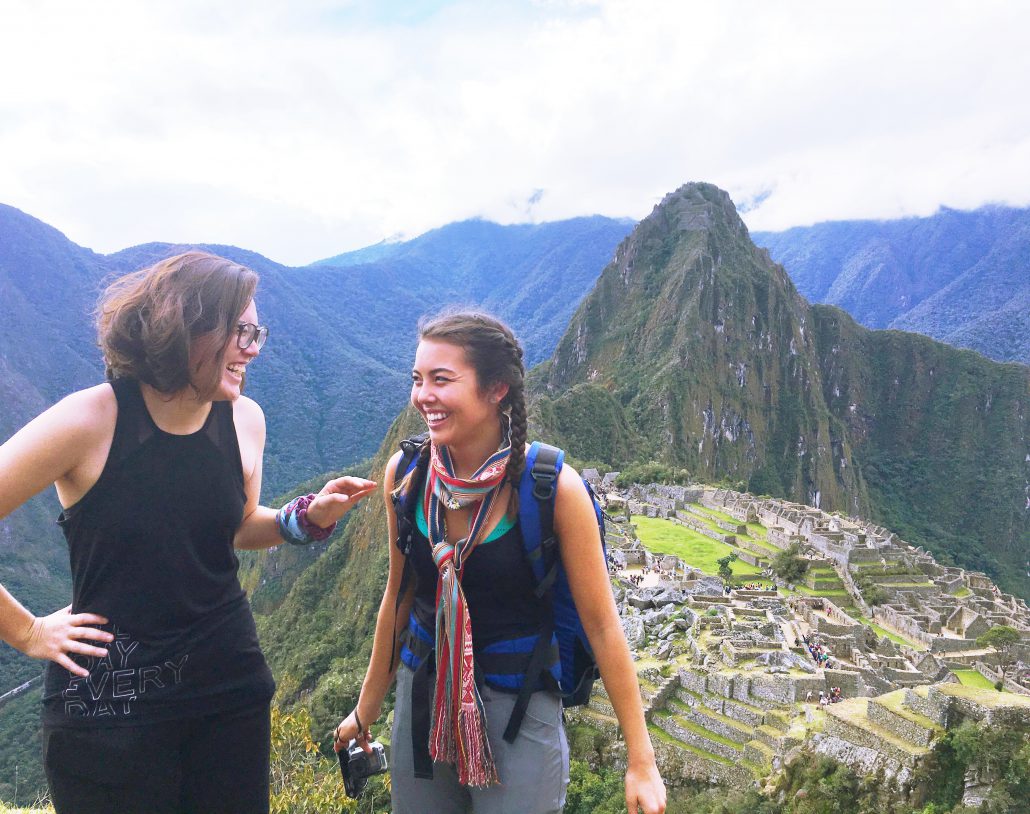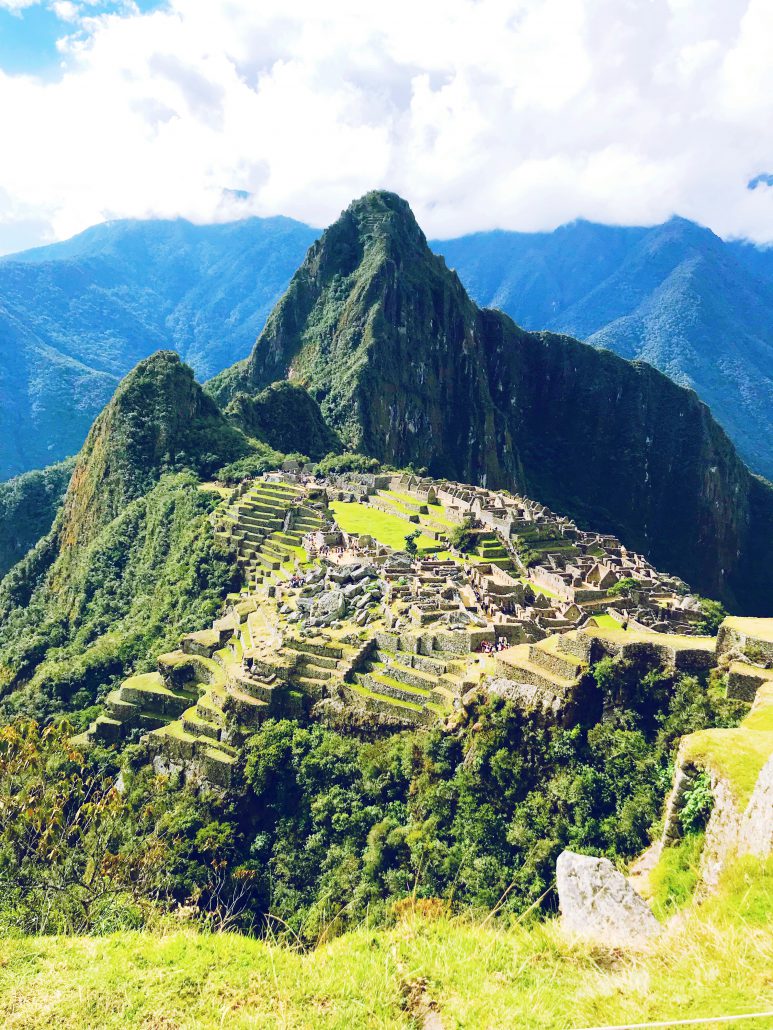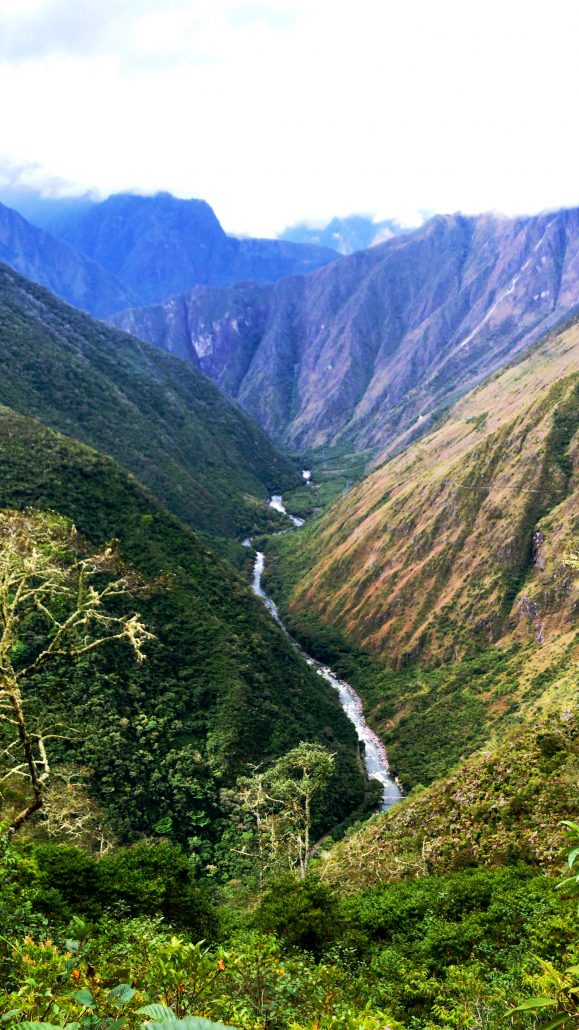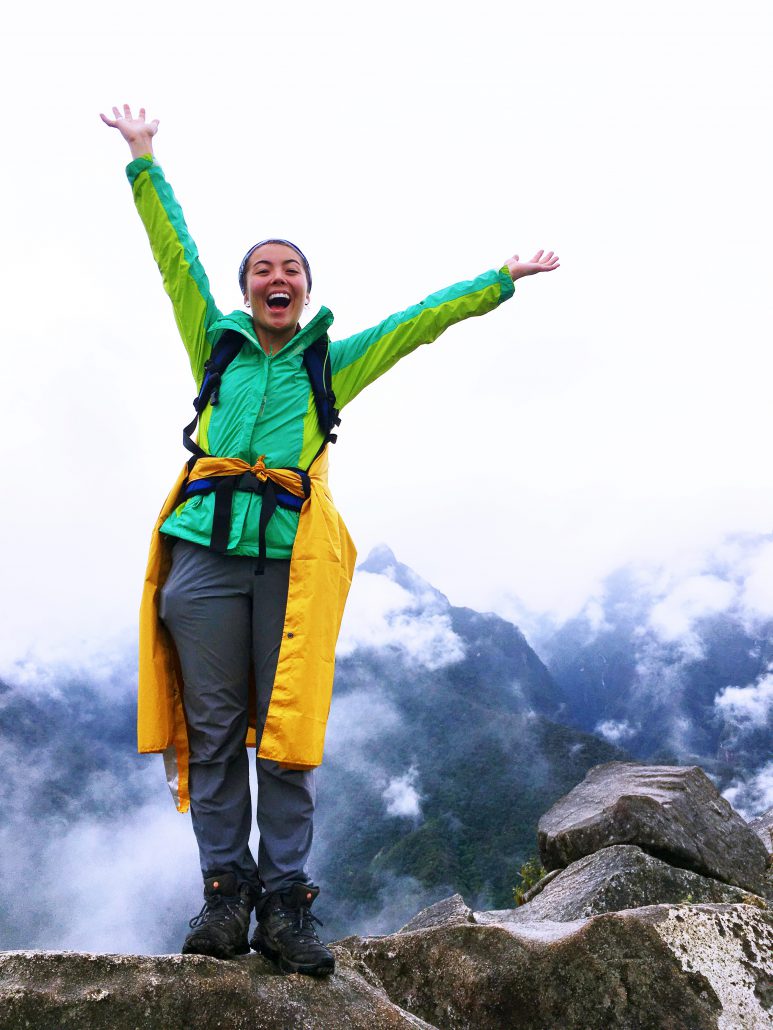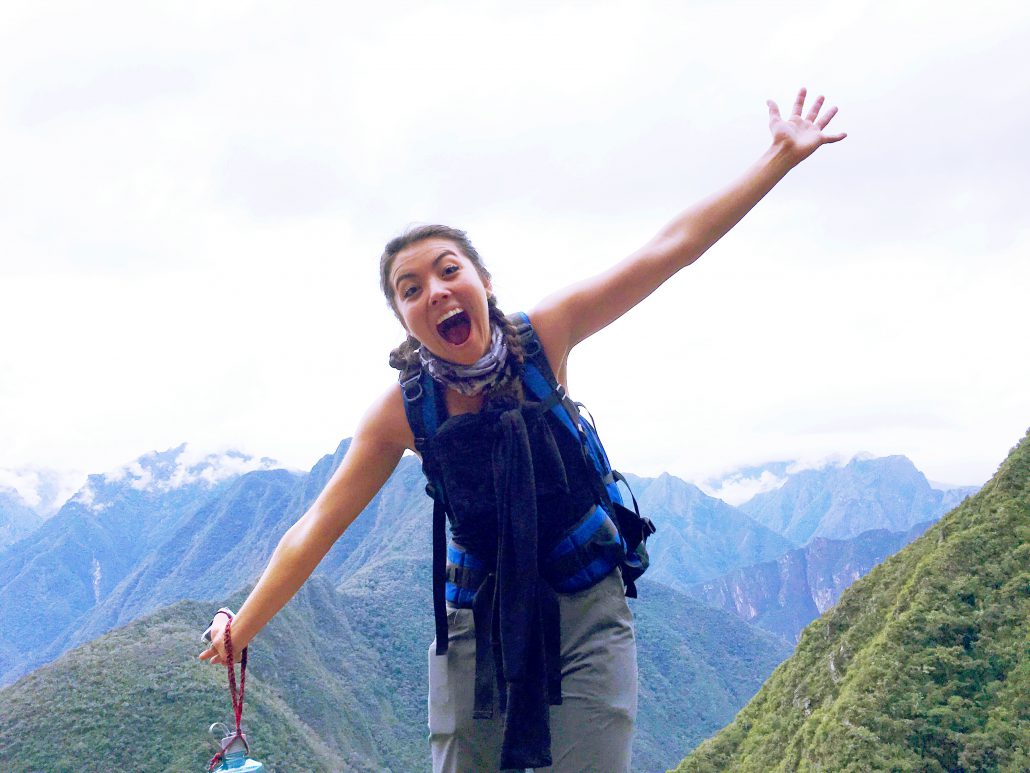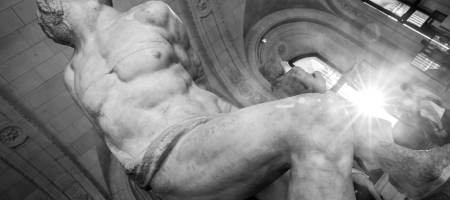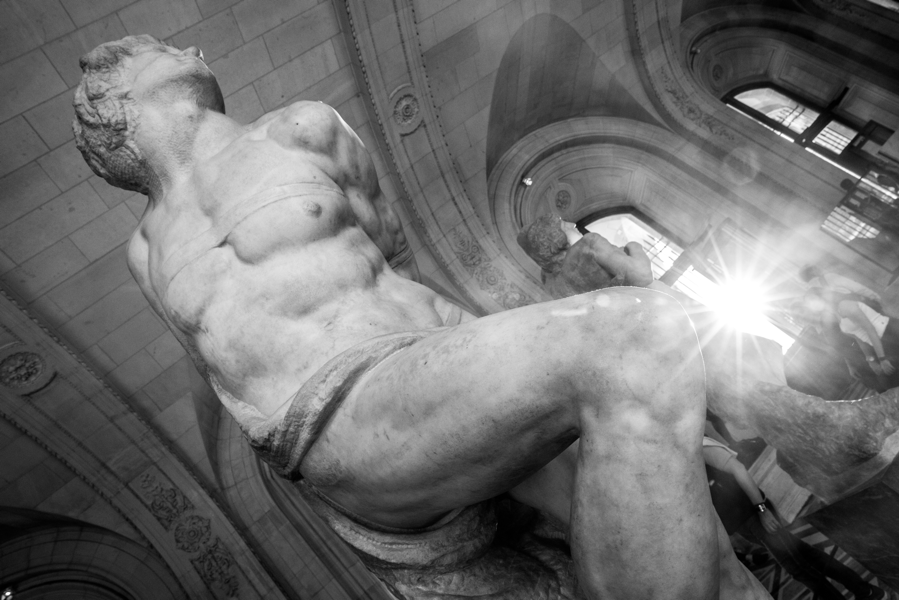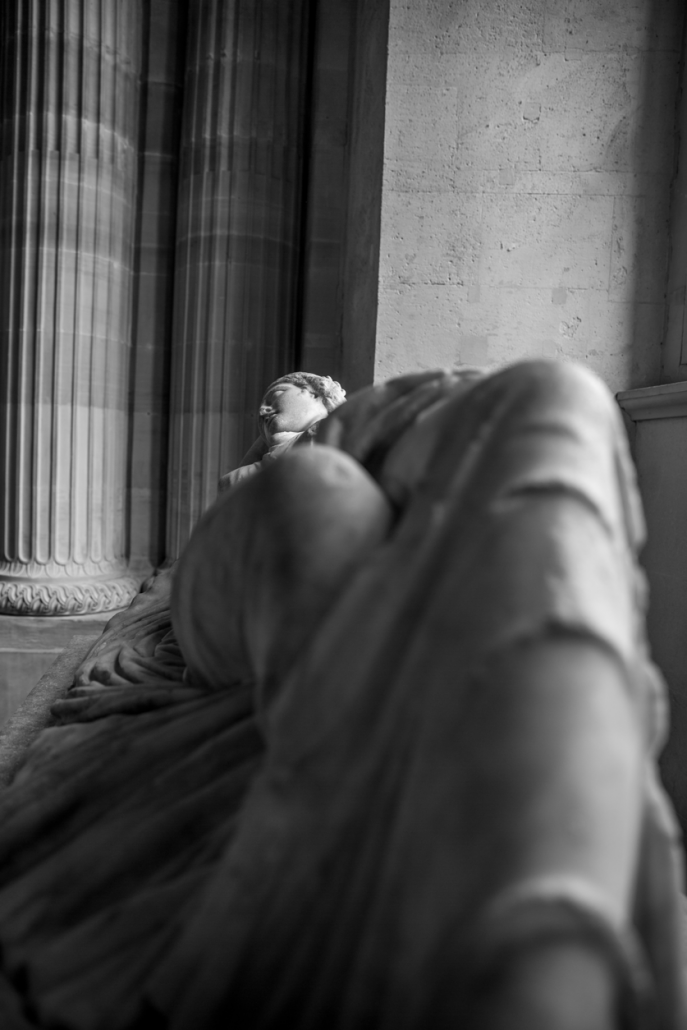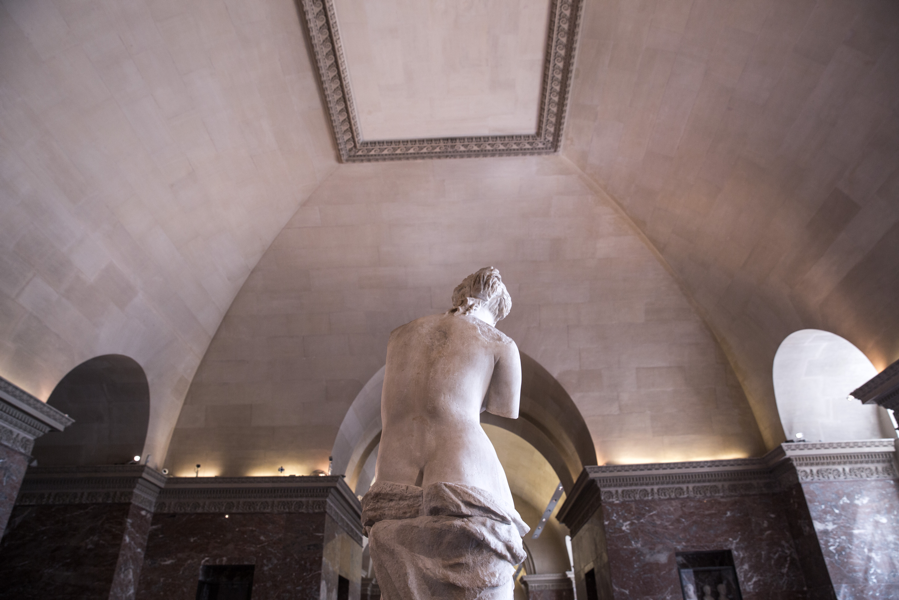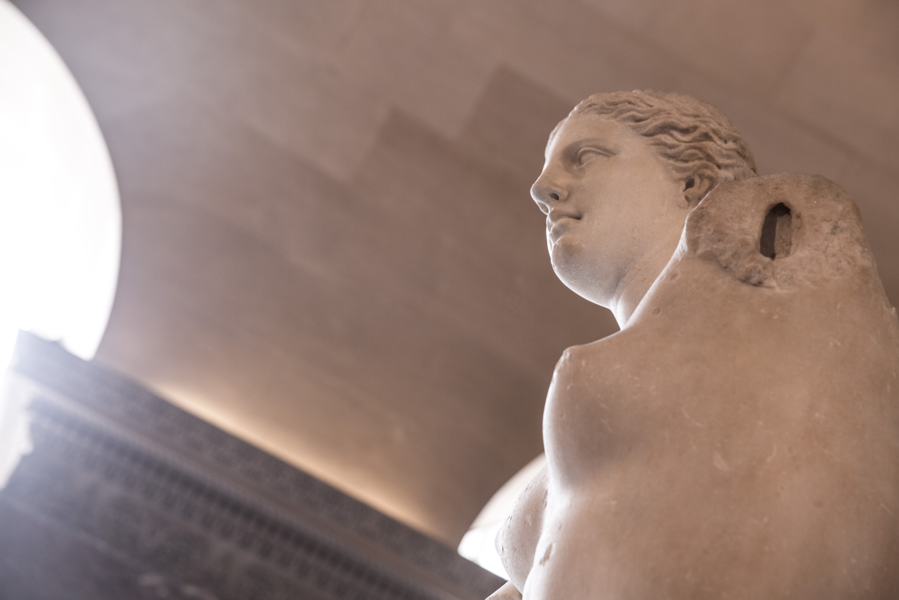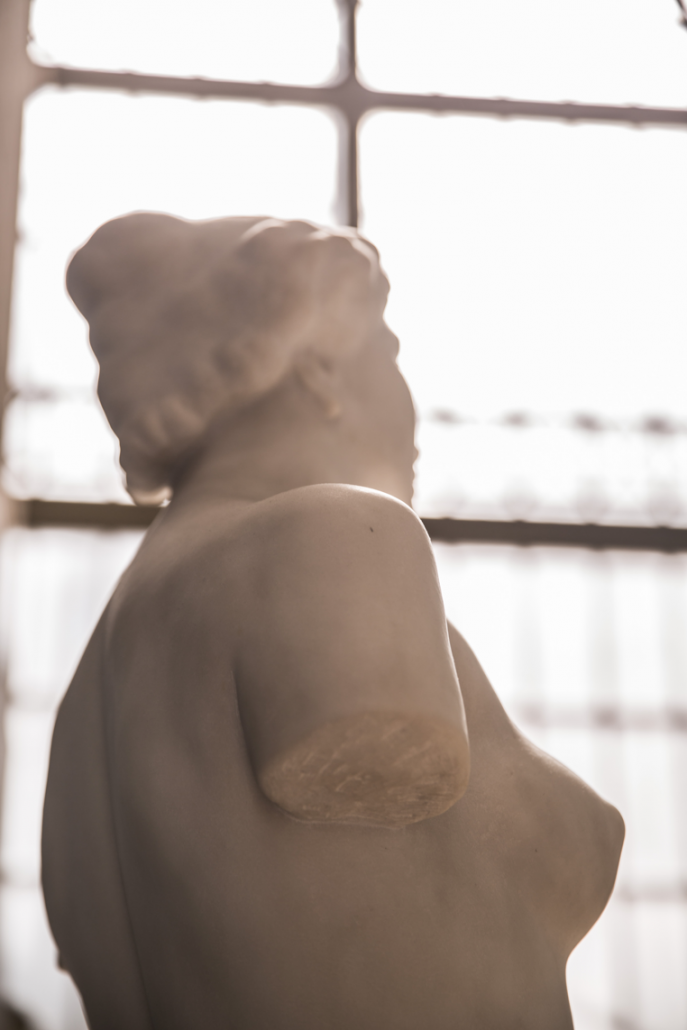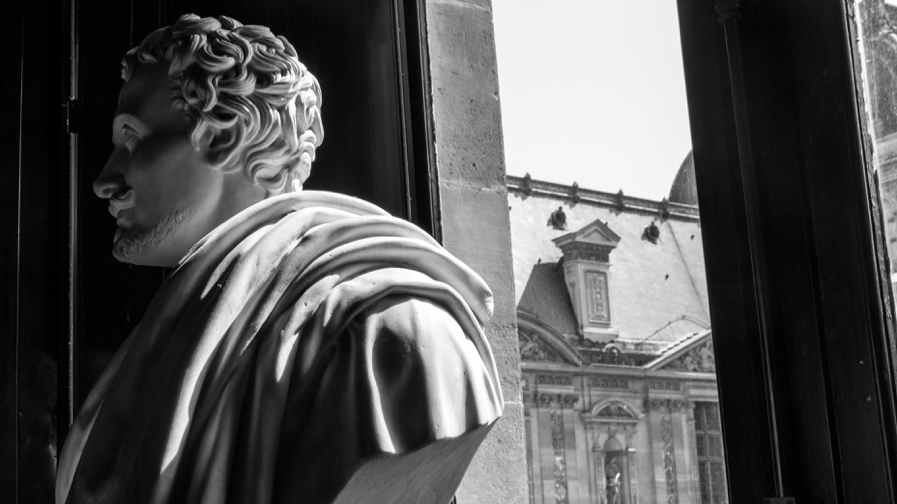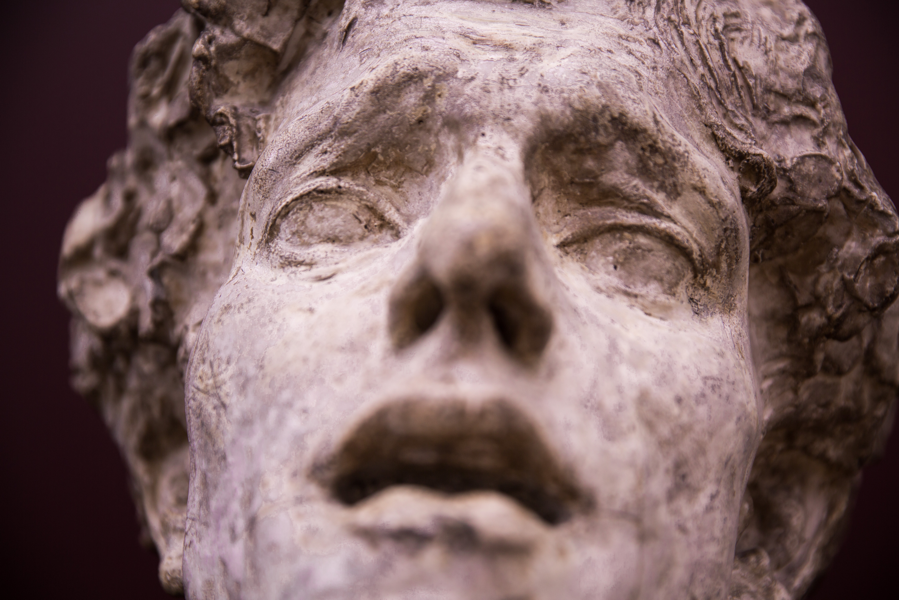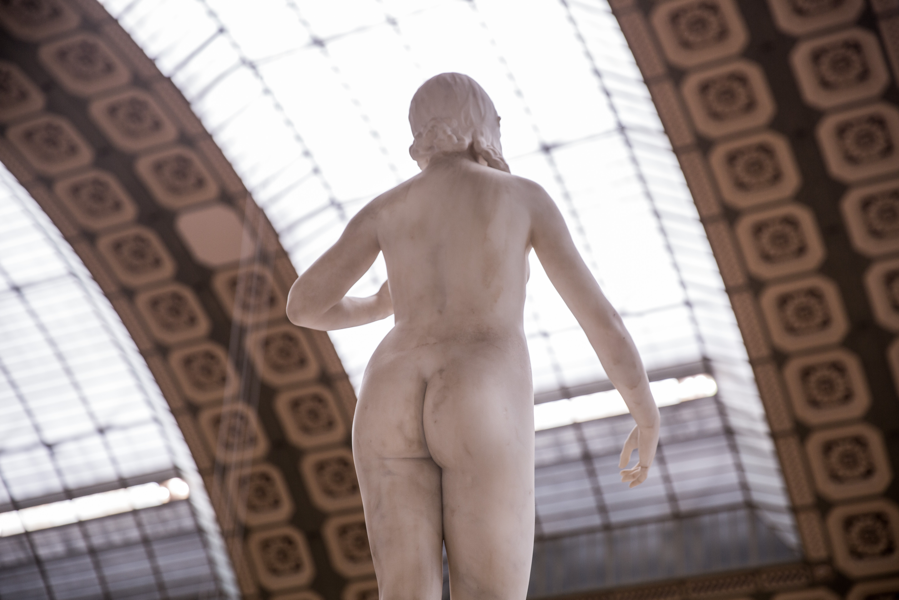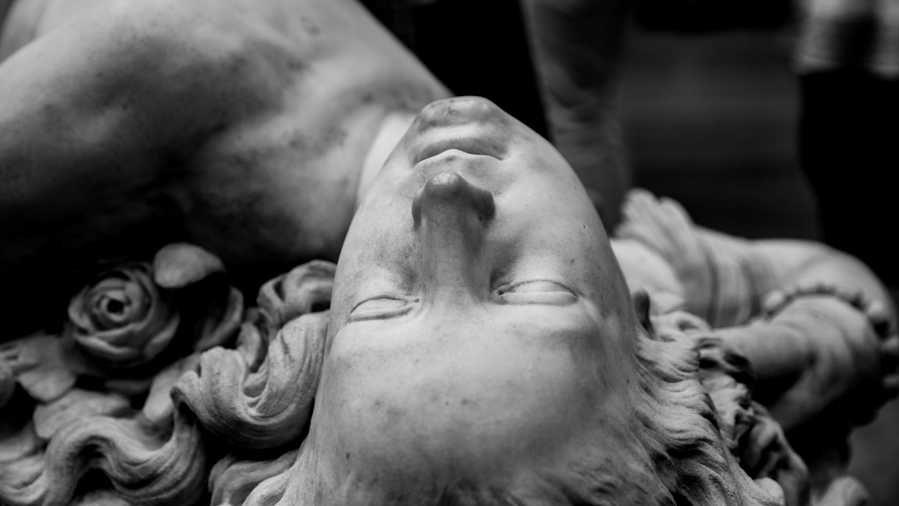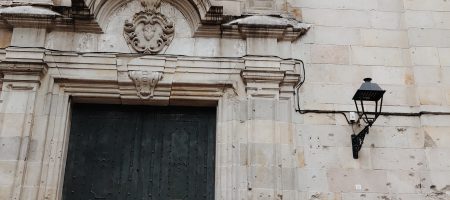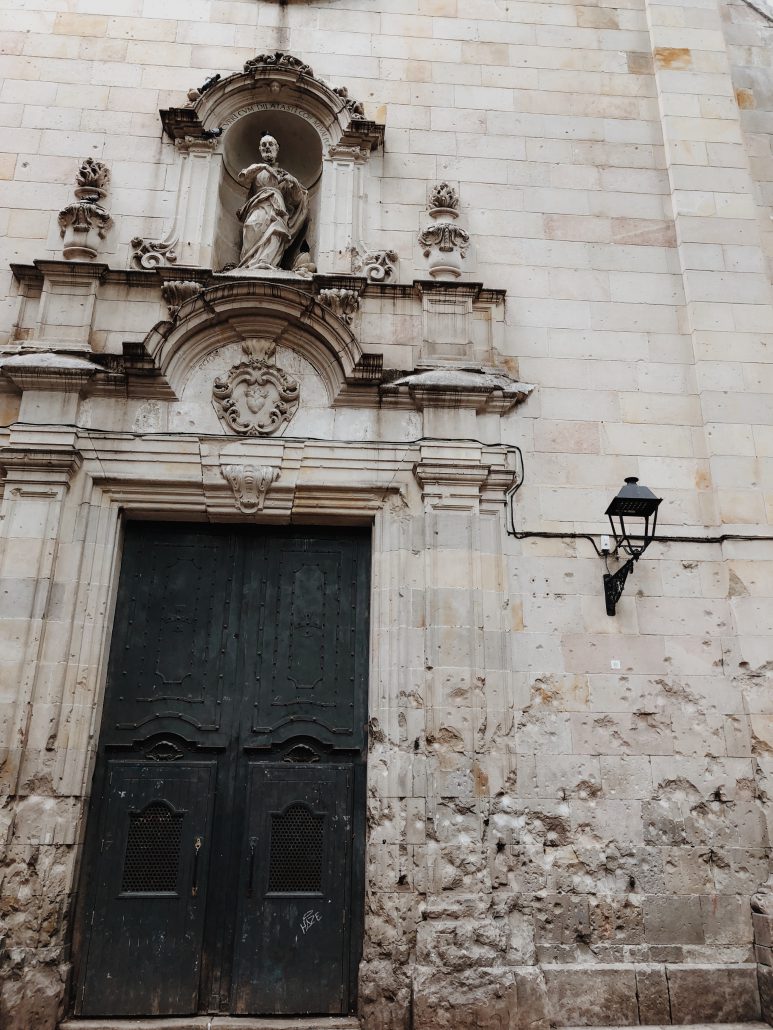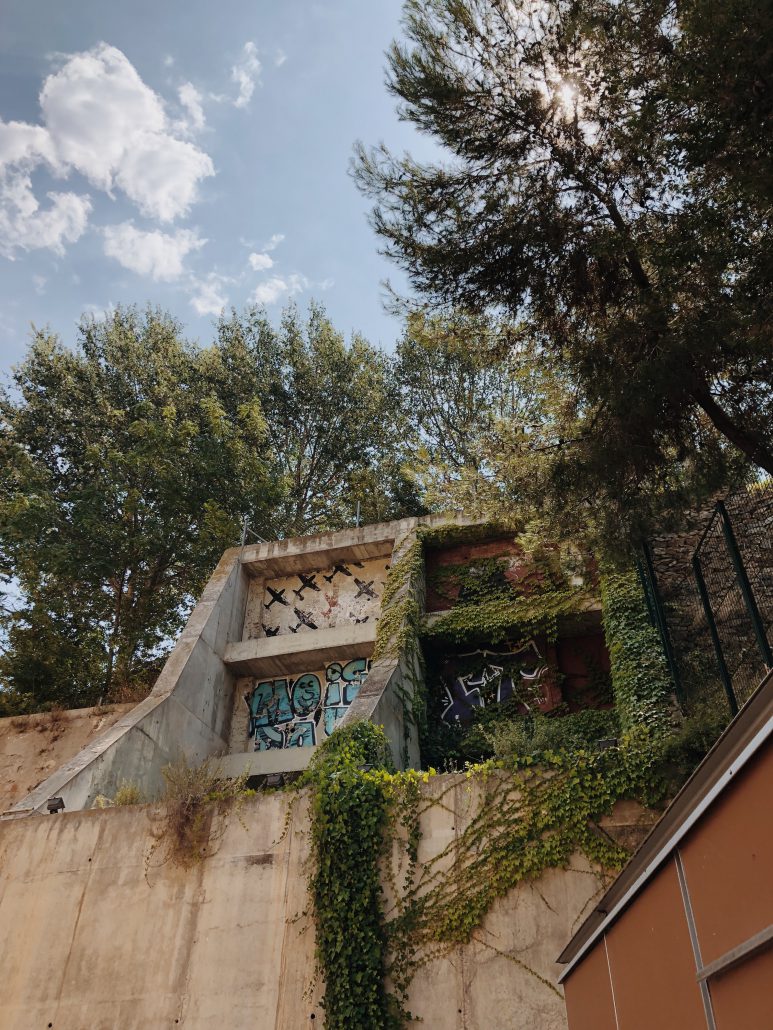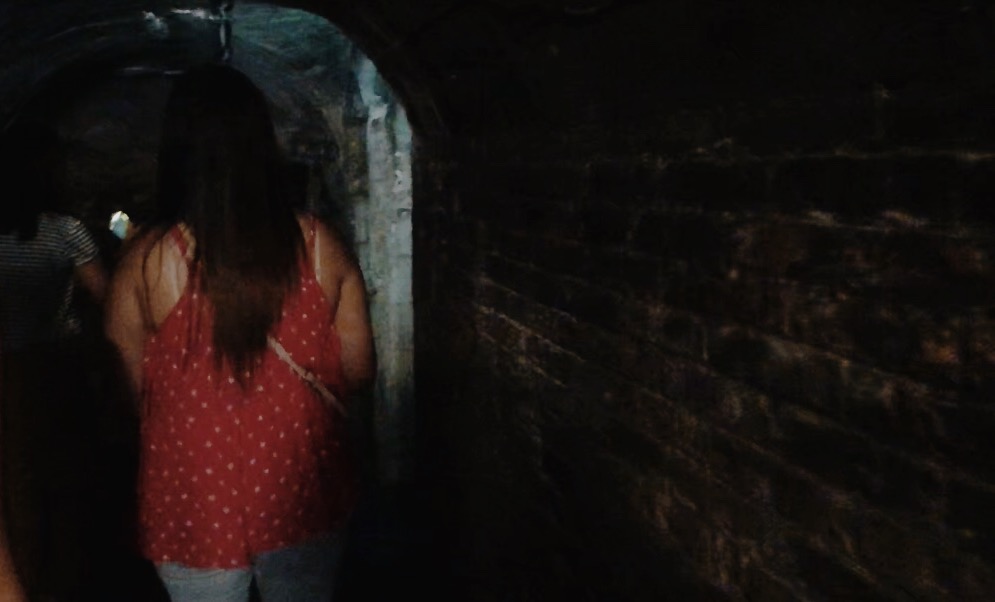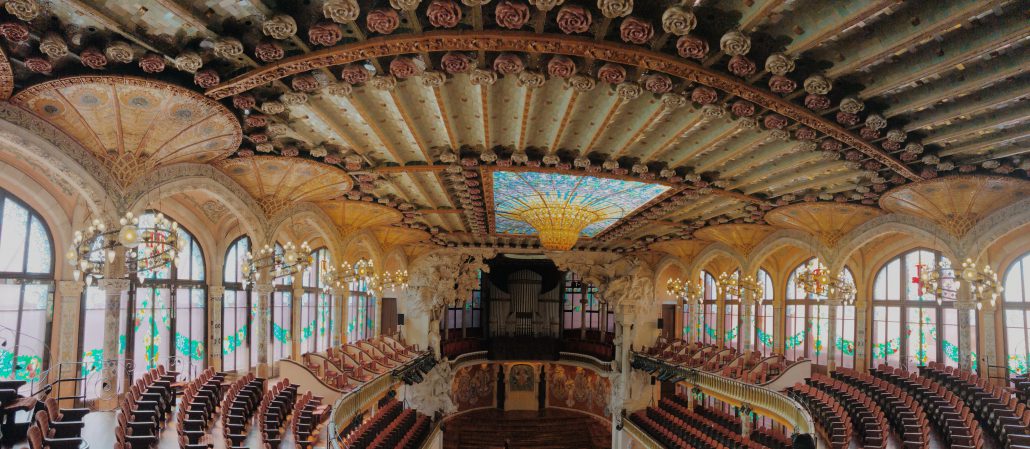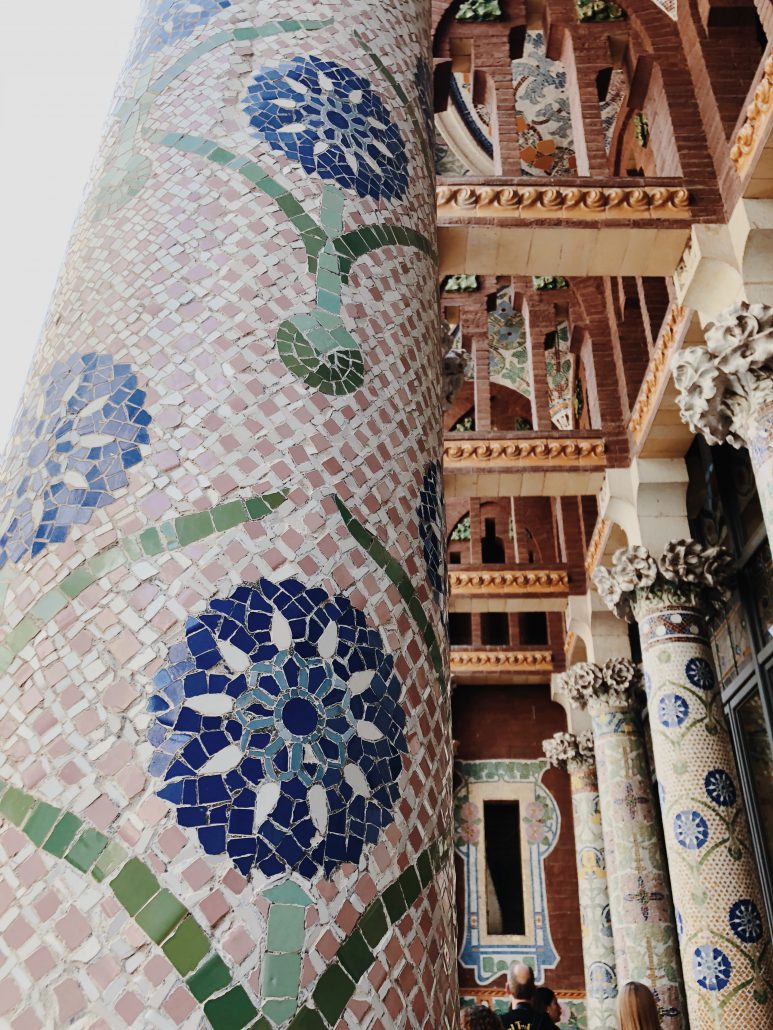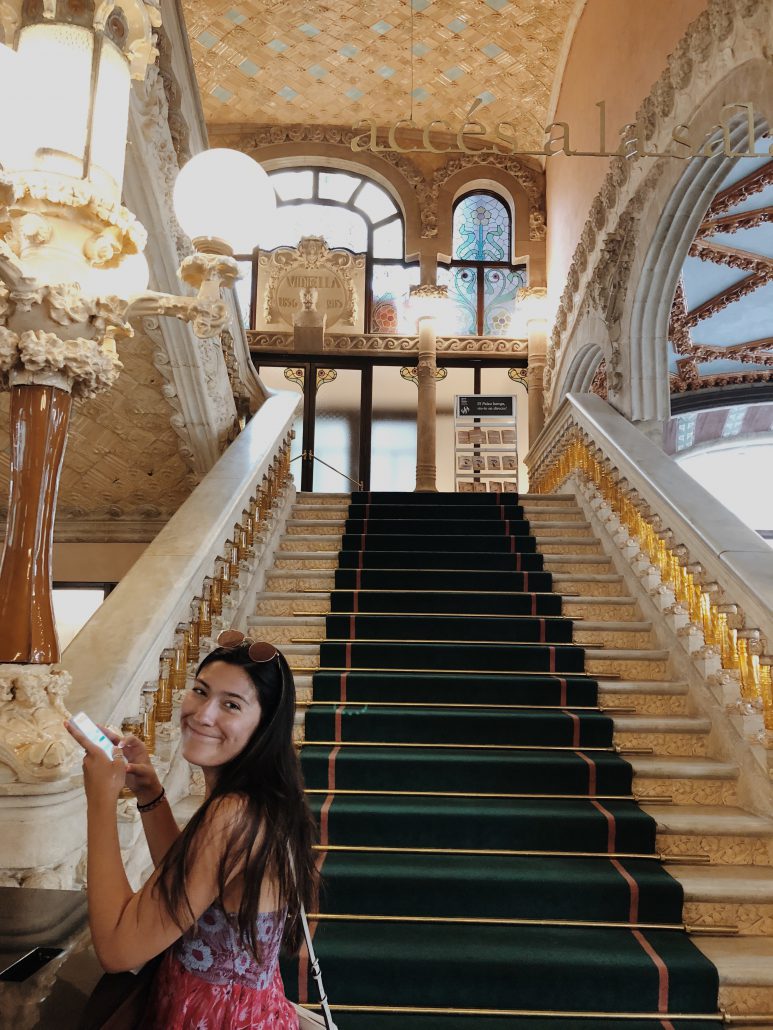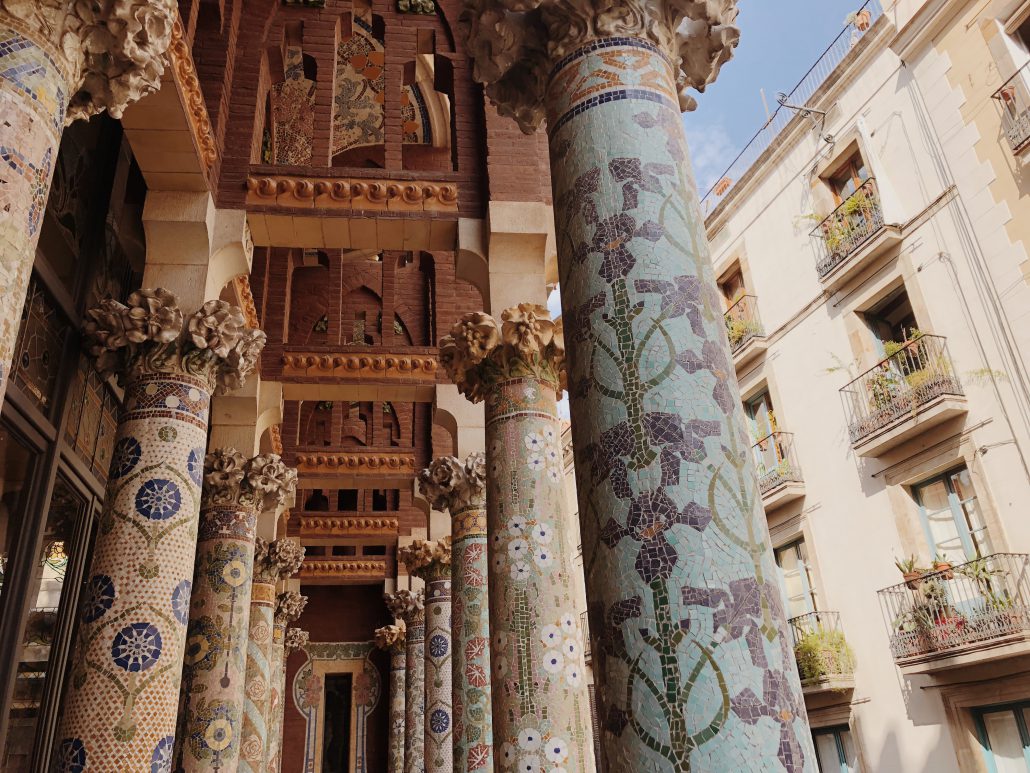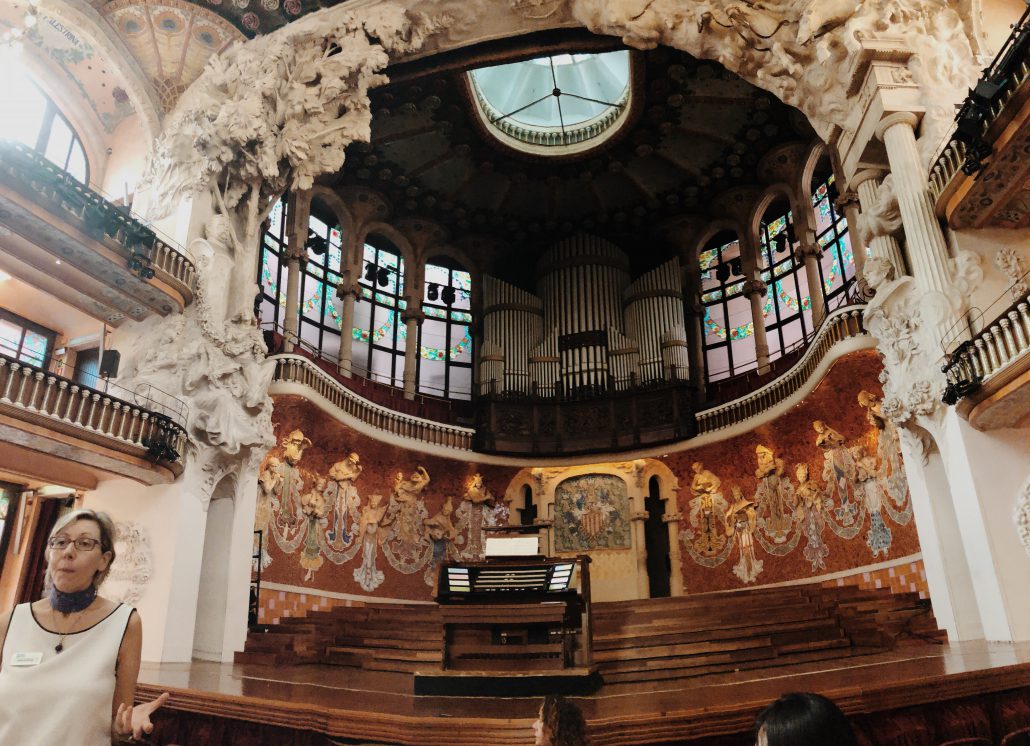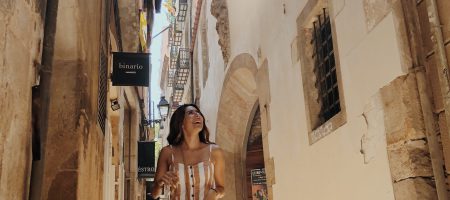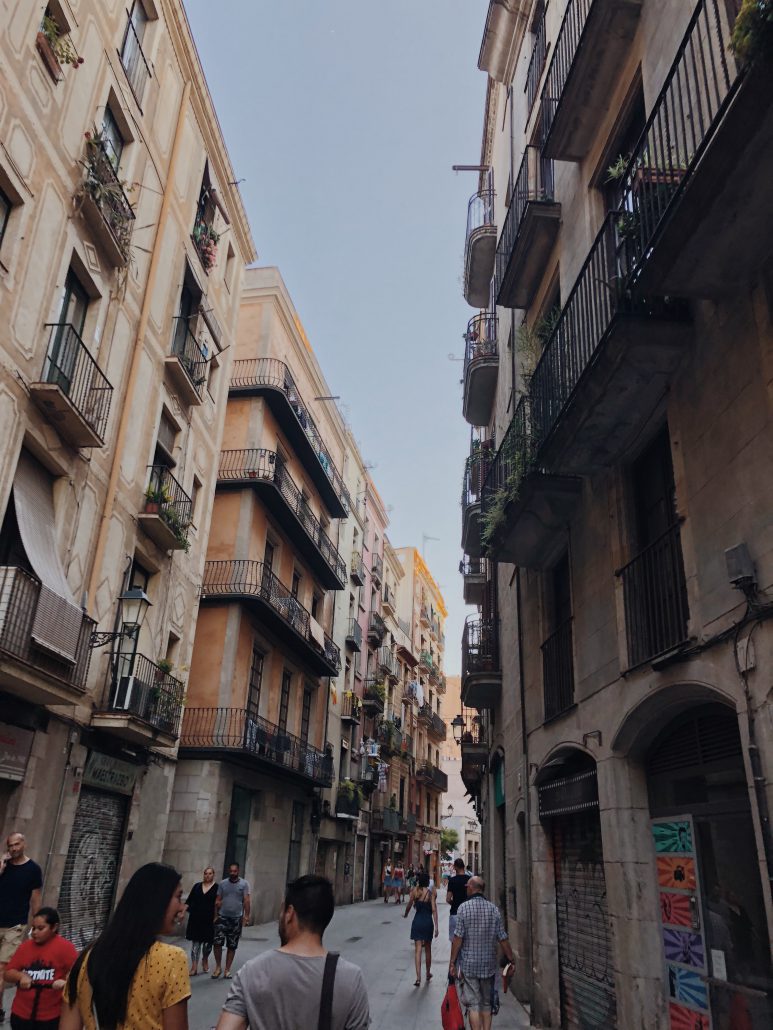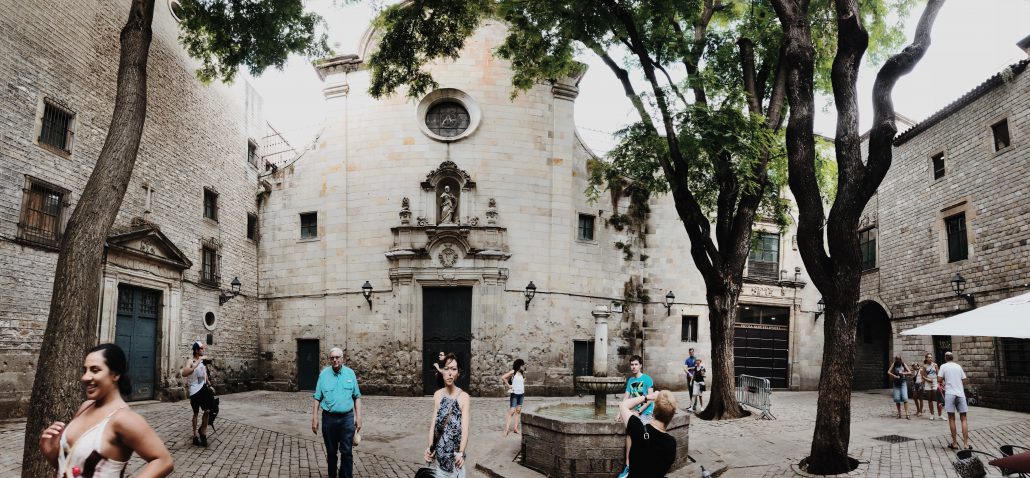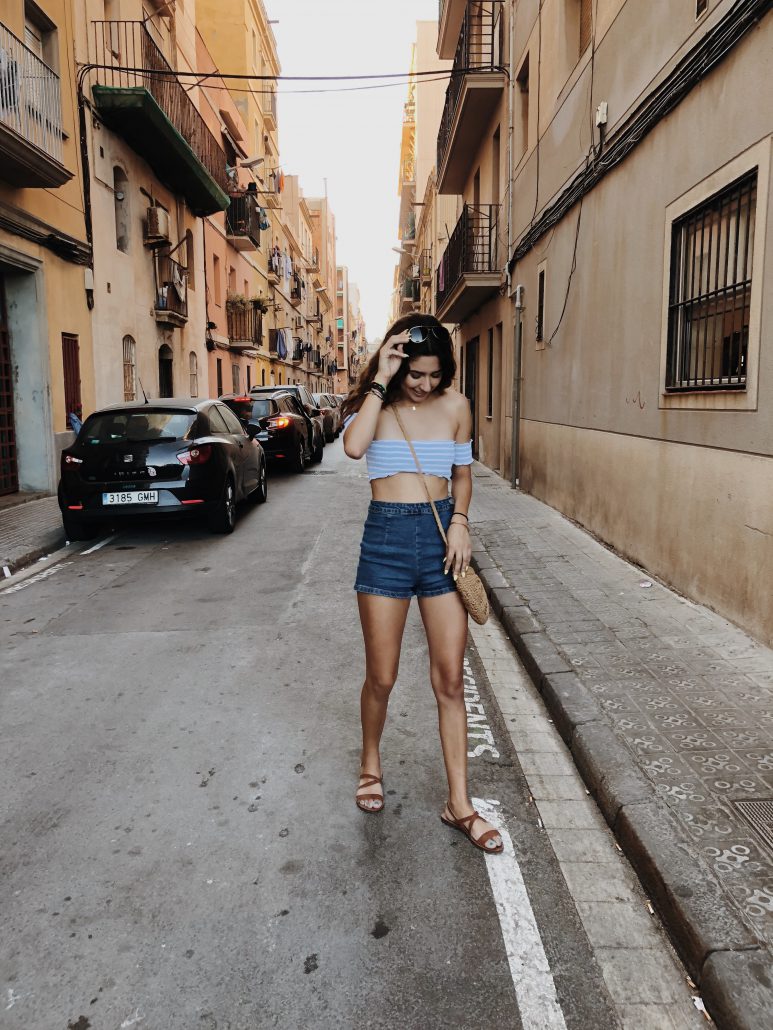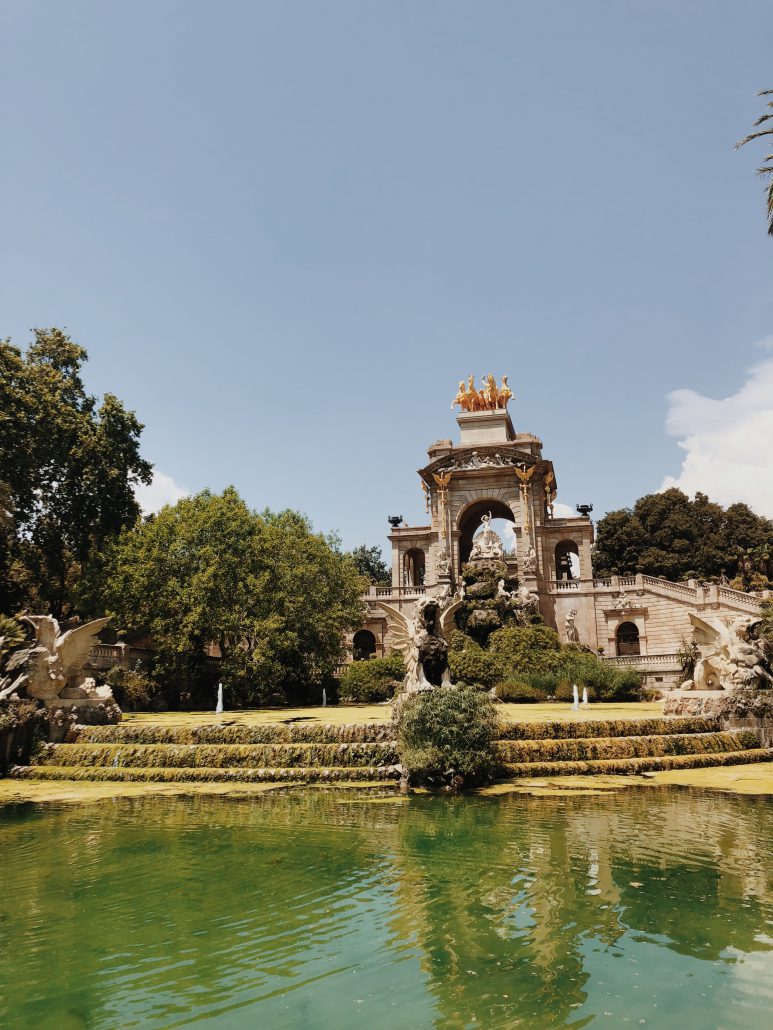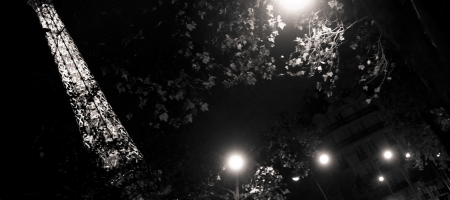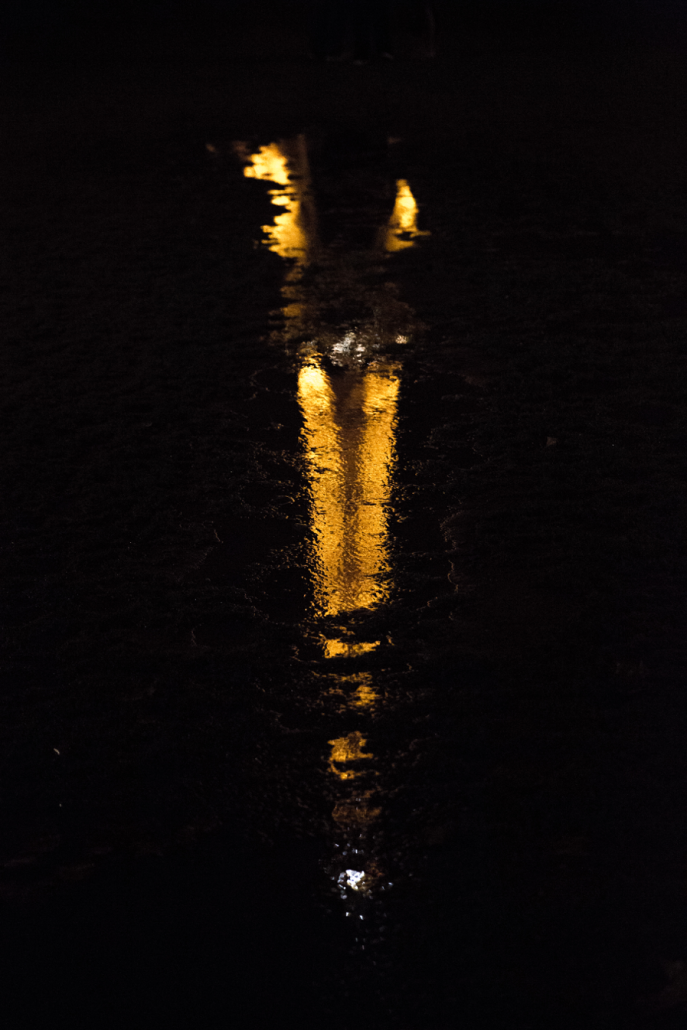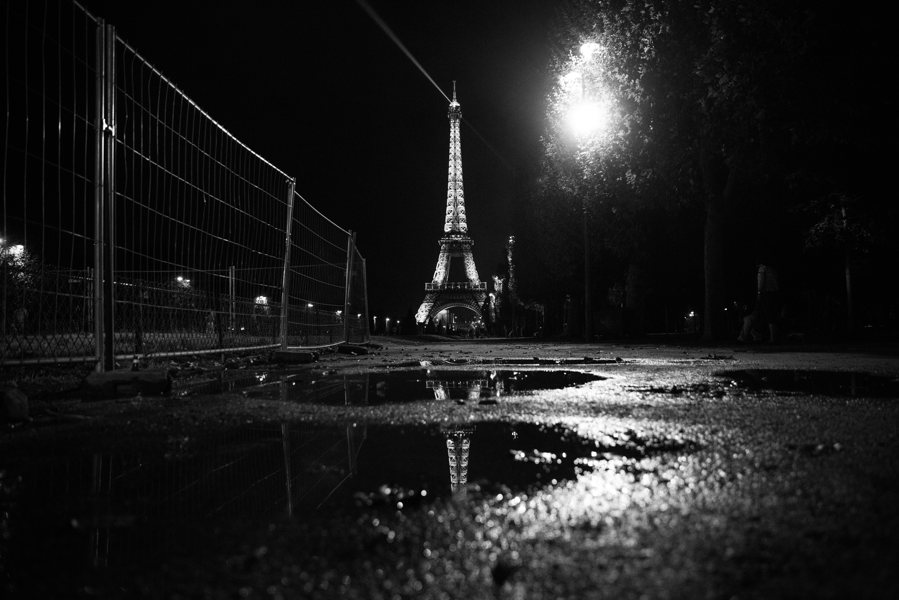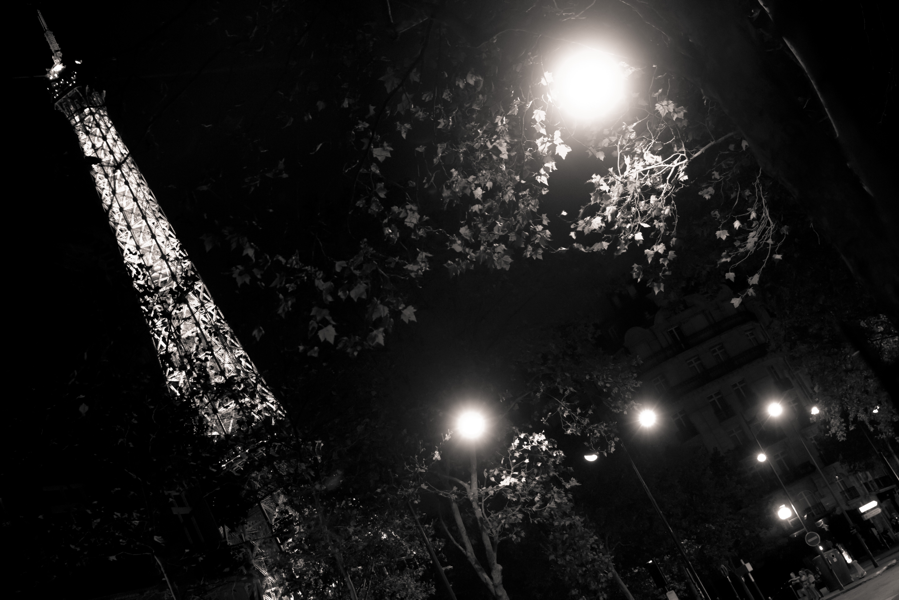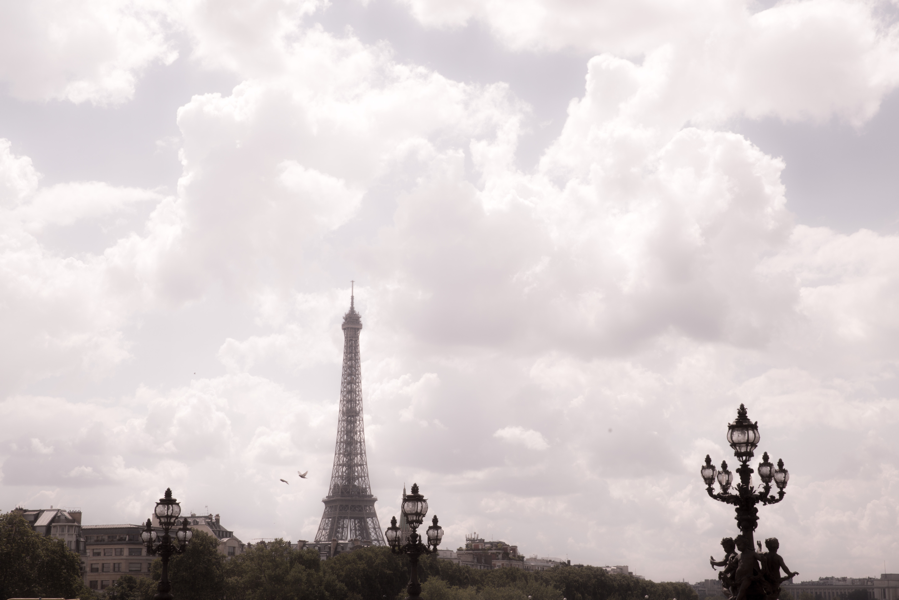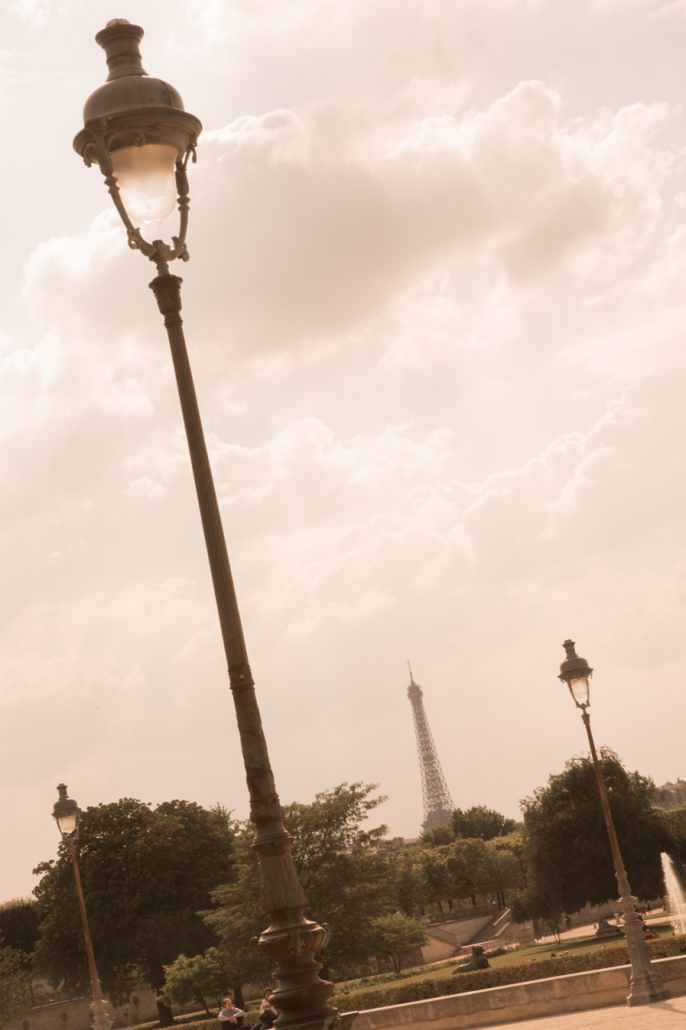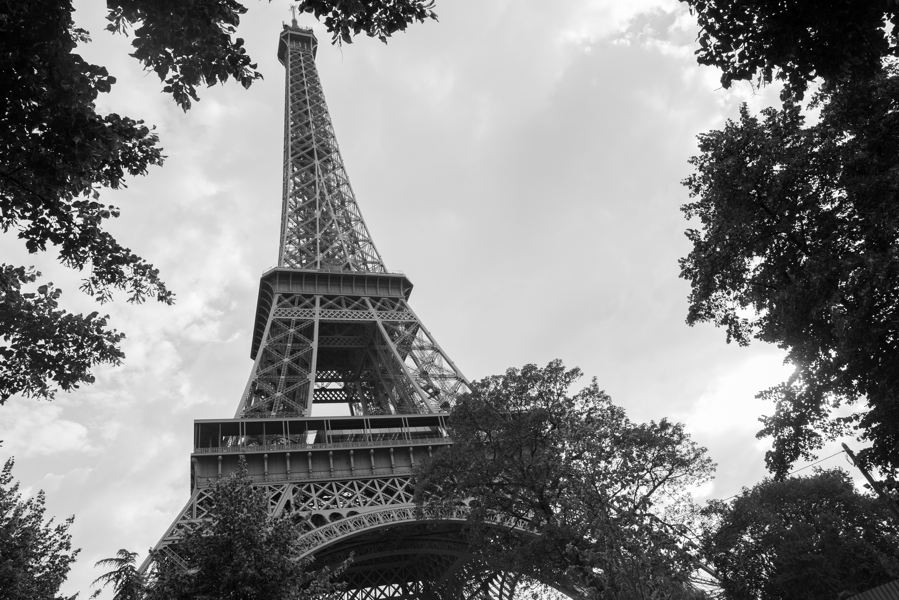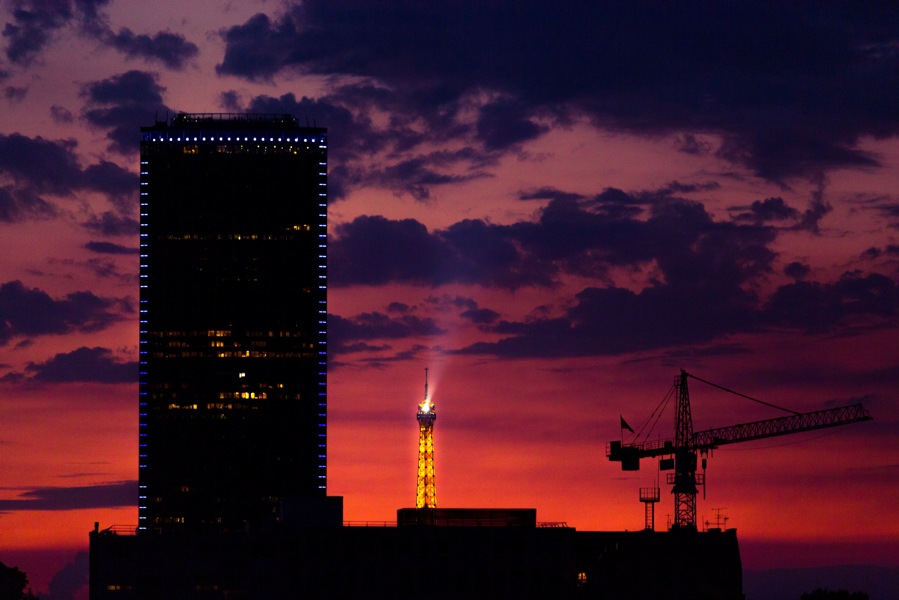Peru | Must-See Museums in Lima
BY MIKA NAGAMOTO
During my time abroad, I was very interested in learning more about the history and culture of Peru. I found that Lima has many incredible museums that gave me valuable insight into the past and present culture of Peru. Here’s a description of some of my favorite museums in Lima.
Church and Covent of San Francisco; Central Lima
The Iglesia y Convento de San Francisco, is located in central Lima near many other historical and religious sights. Incredible colonial architecture and religious art line the interior of this impressive monument. Under this church are also expansive catacombs which date back to the 1600’s and are open to the public. Guided tours in both Spanish and English are offered for a small price and are very informative.
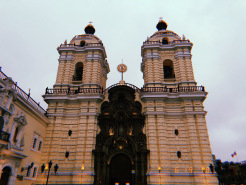
Cathedral of Lima; Central Lima
The Catedral de Lima is another very impressive monument located in central Lima. Guided tours are offered in Spanish and English and also include a tour of the connected art museum that displays religious paintings and sculptures.
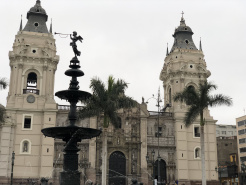
The Place of Memory, Tolerance and Social Inclusion; Miraflores
This beautifully designed museum was made to address the recent internal violence and terrorism experienced in Peru during the 1980’s to 1990’s. Located in Miraflores this museum was created to tell the history of these events and to remember the victims impacted by this violent time. It is important to mention that the descriptions for this museum are all in Spanish with no English translation.
MATE Mario Testino Photography Museum; Barranco
Mario Testino is a very successful and influential Peruvian photographer that has photographed surplus of celebrities such as Princess Diana, Justin Bieber, Lady Gaga, Beyonce, and countless others. This museum includes many of his most famous photos along with an exhibit of his photographs in Cusco which highlight the traditional clothing and culture of the indigenous Andeas communities. Be sure to bring a University ID for the student discount.
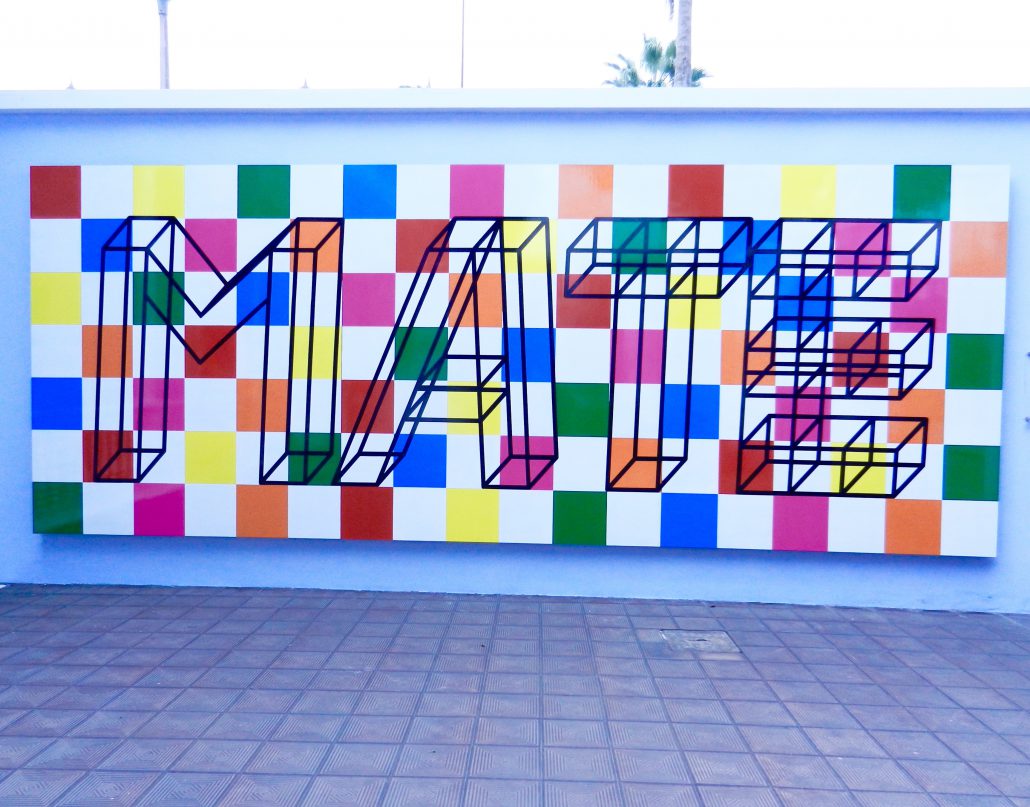
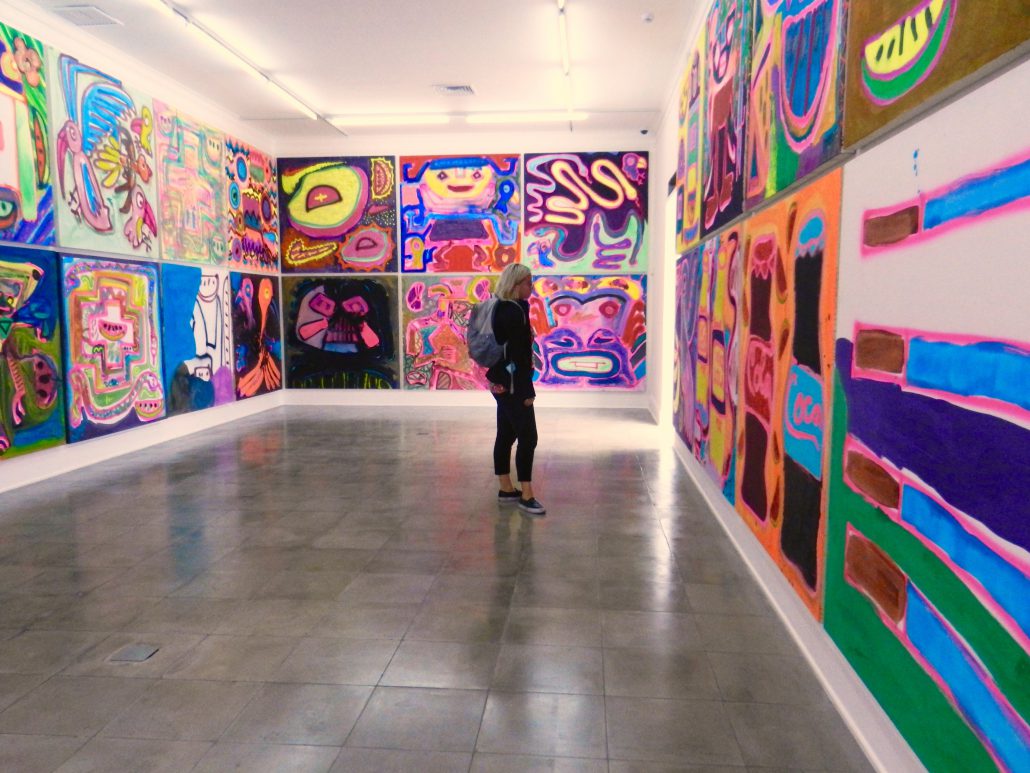
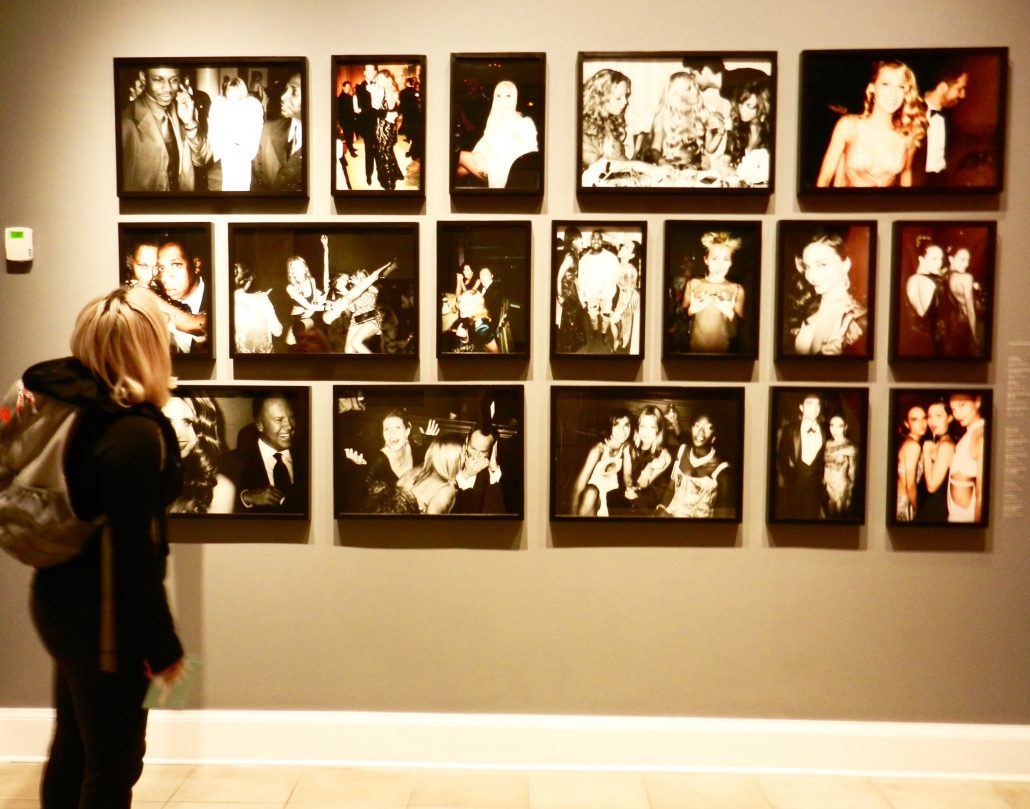
Museo Pedro de Osma; Barranco
This museum is located in a large historic mansion near the center of the Barranco neighborhood. The halls of this beautiful house are full of historic paintings, sculptures, and silverwork from post-colonial Peru. This center also emphasizes restoration and education about historical pieces.
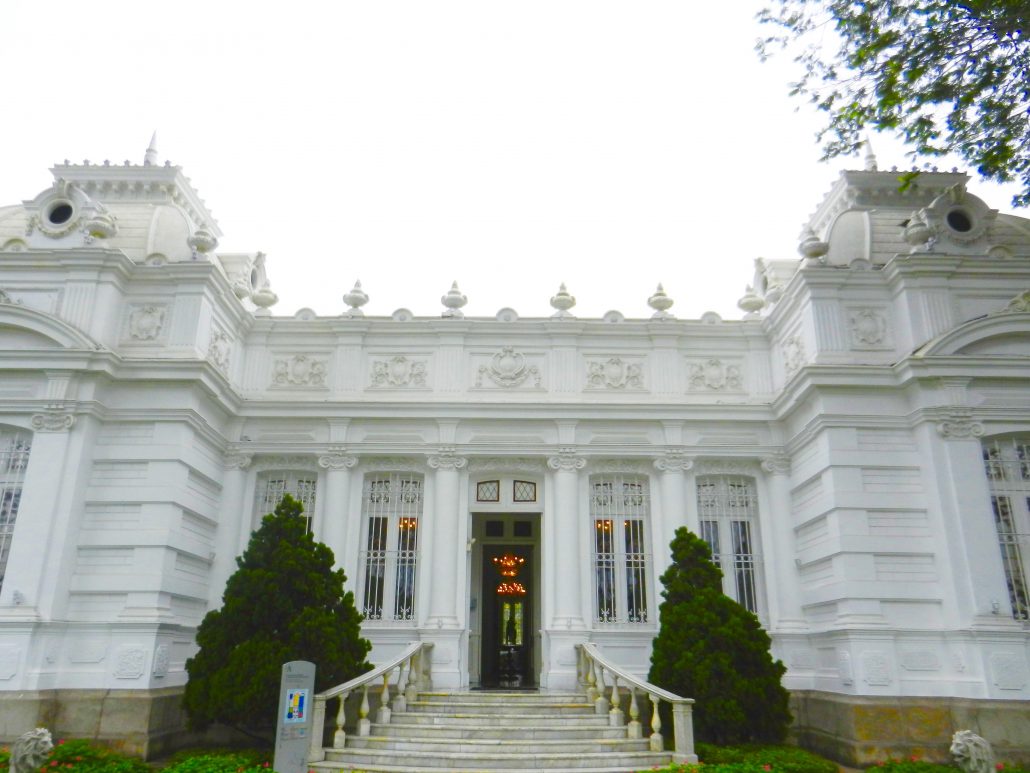
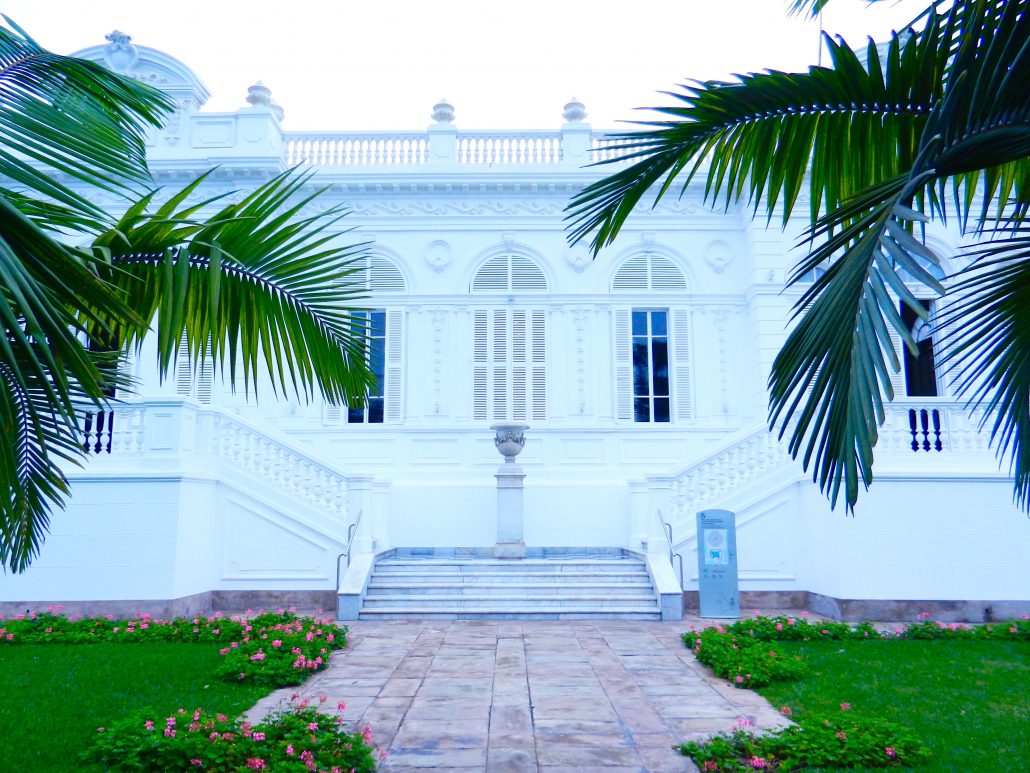
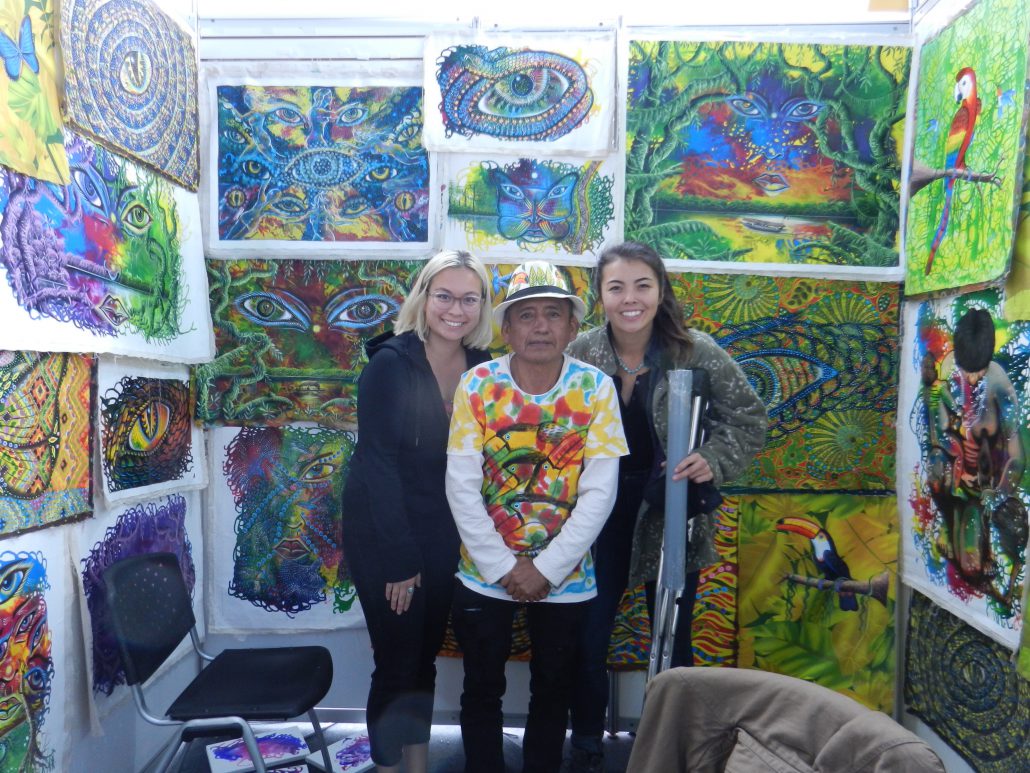
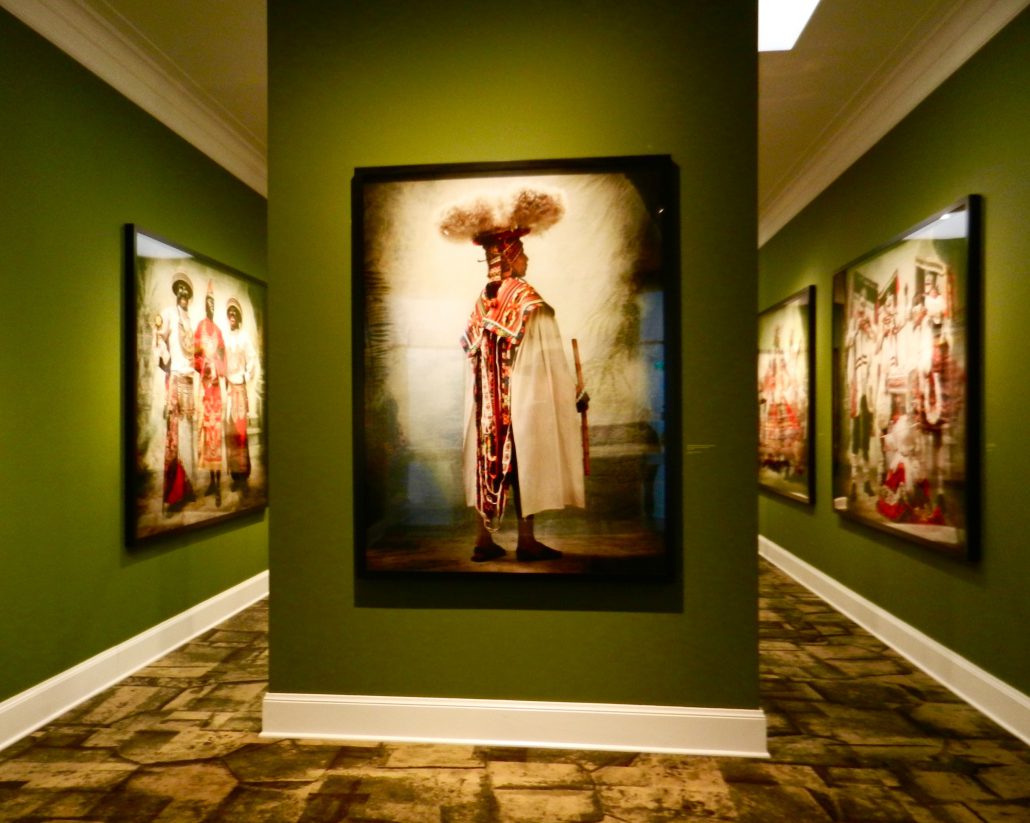
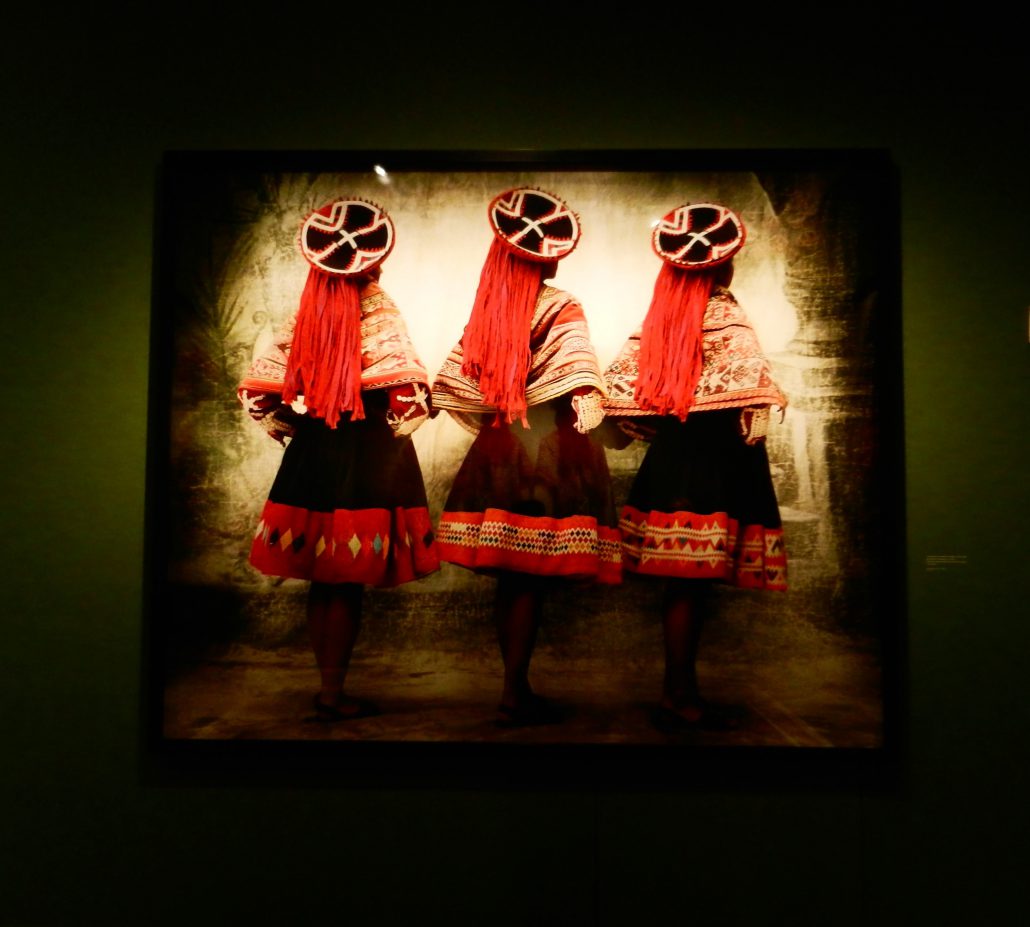
Museo Larco; Pueblo Libre
This incredible museum includes pre-Colombian art from all across Peru. The rooms are filled with ancient pottery, sculptures, textiles, and jewelry that predates the Incas. Guided tours are offered in Spanish and English and give important historical and religious background for this collection. The Museum also has a restaurant which has pricey but delicious food. This museum was also included in the excursions for my program although I later returned on my own because I loved it so much.

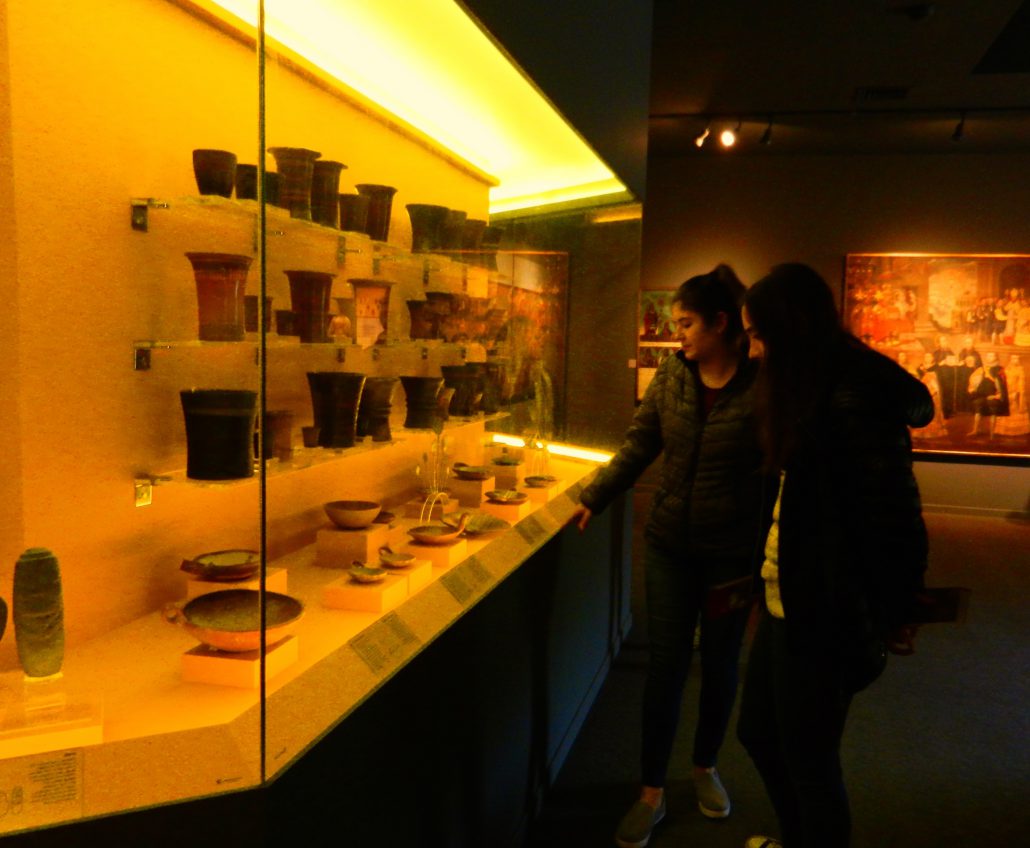
Mika Nagamoto studied abroad in Lima and Iquitos, Peru, in summer 2018: https://ieo.ucla.edu/travelstudy/GlobalHealth-Lima/


